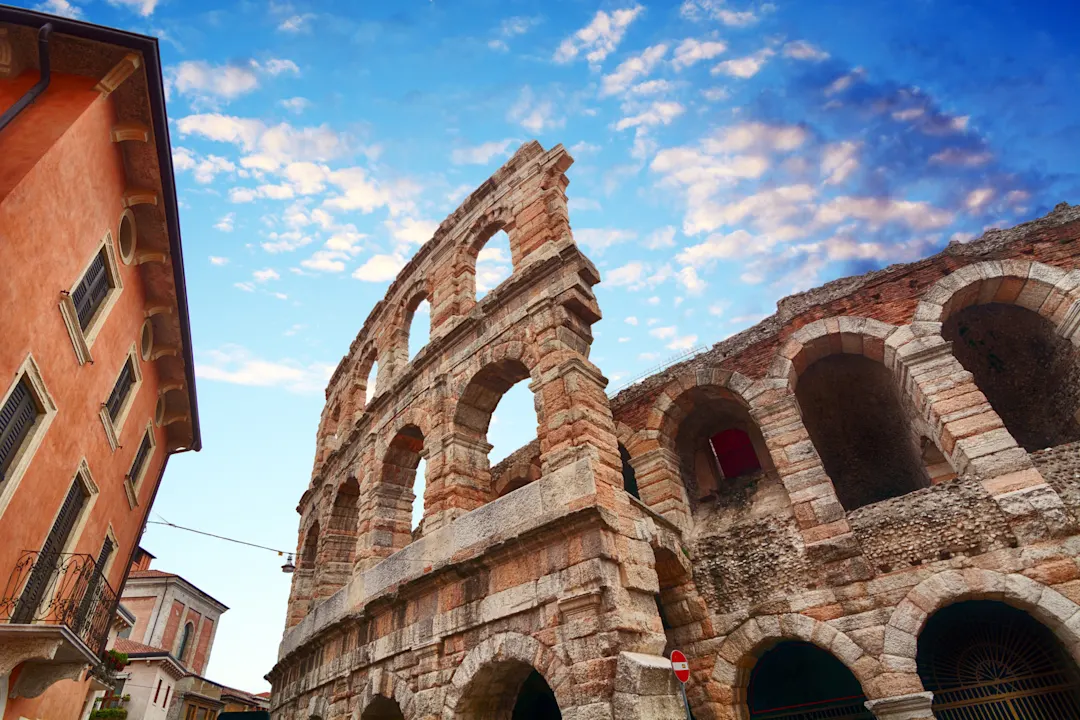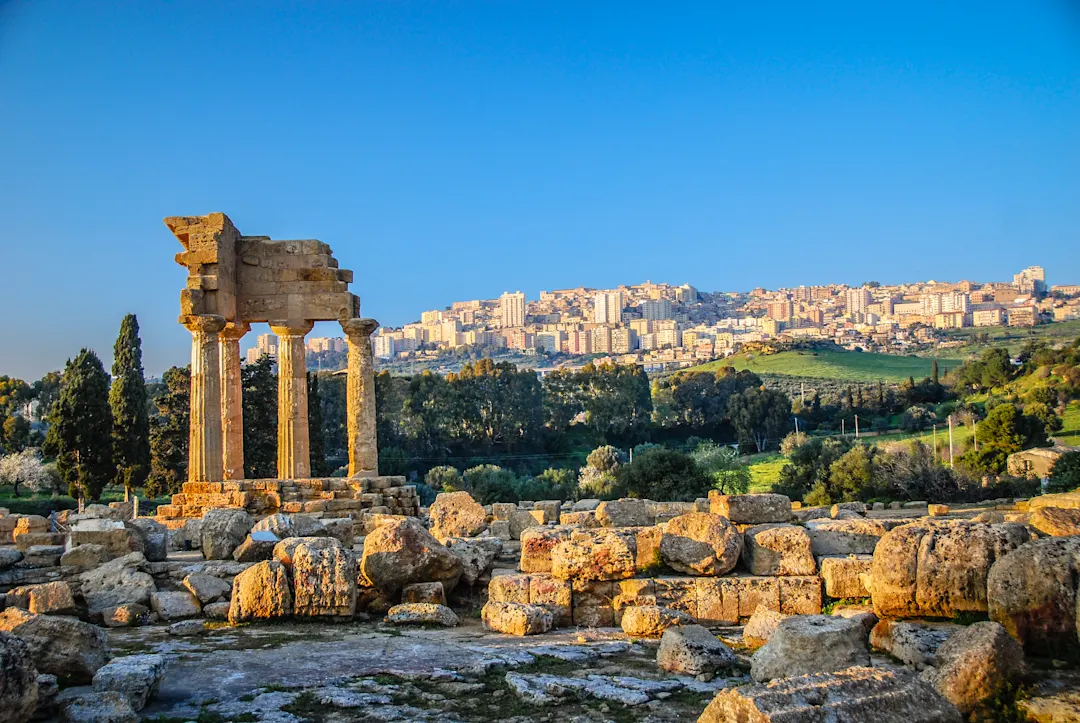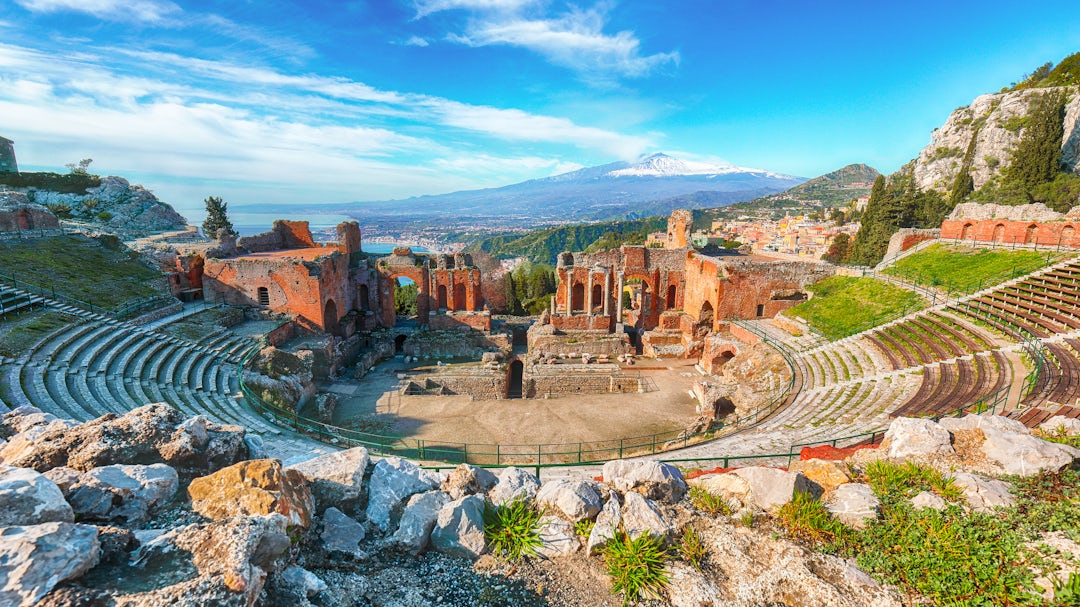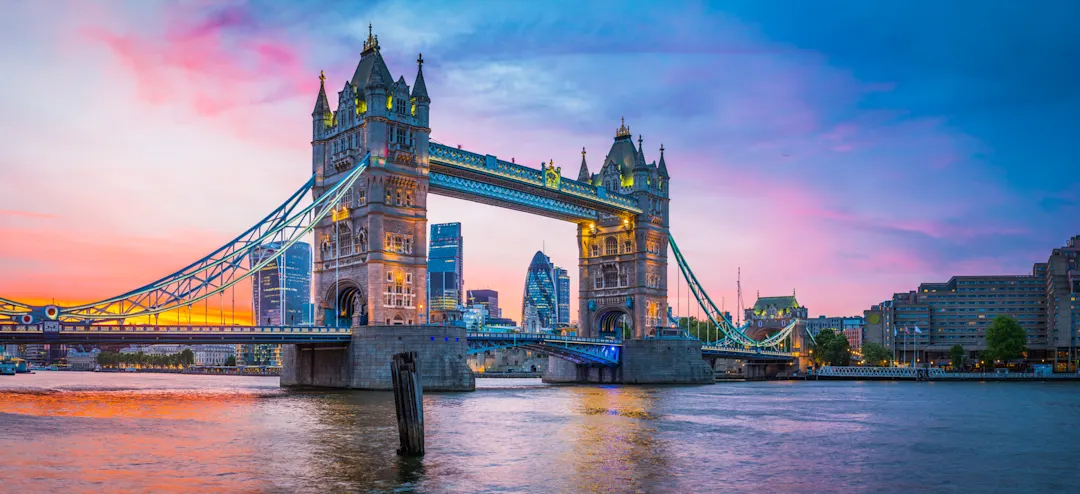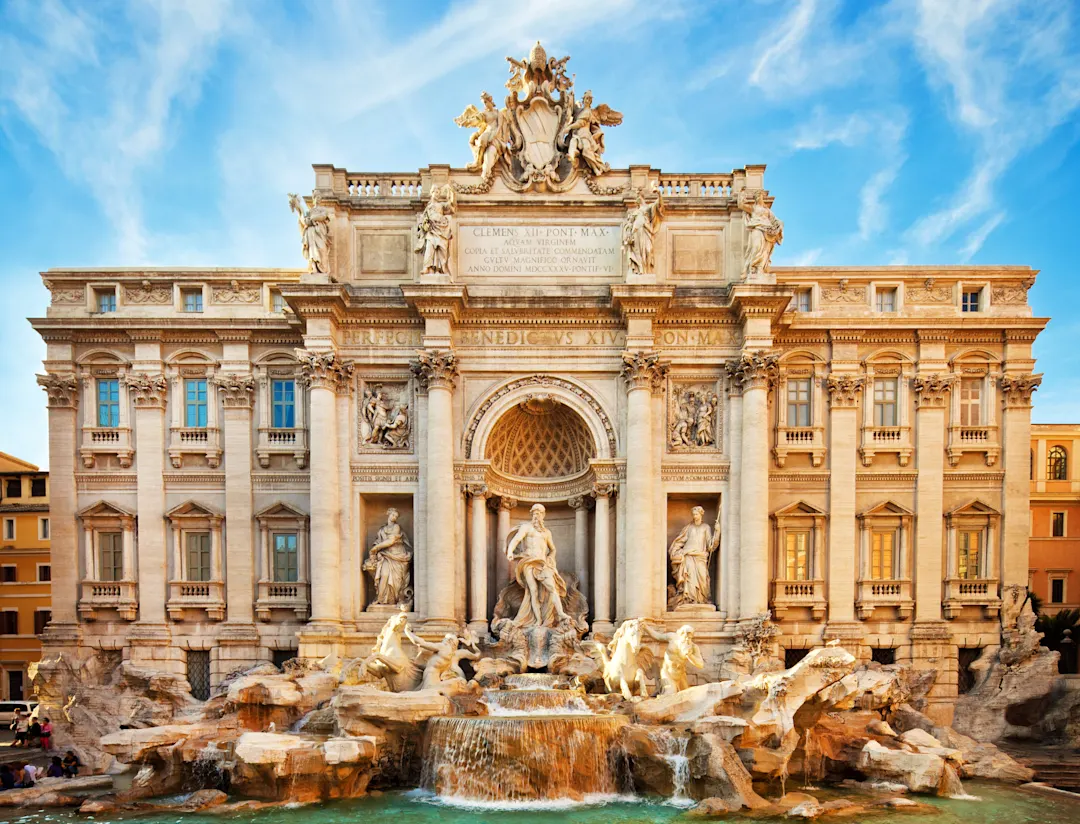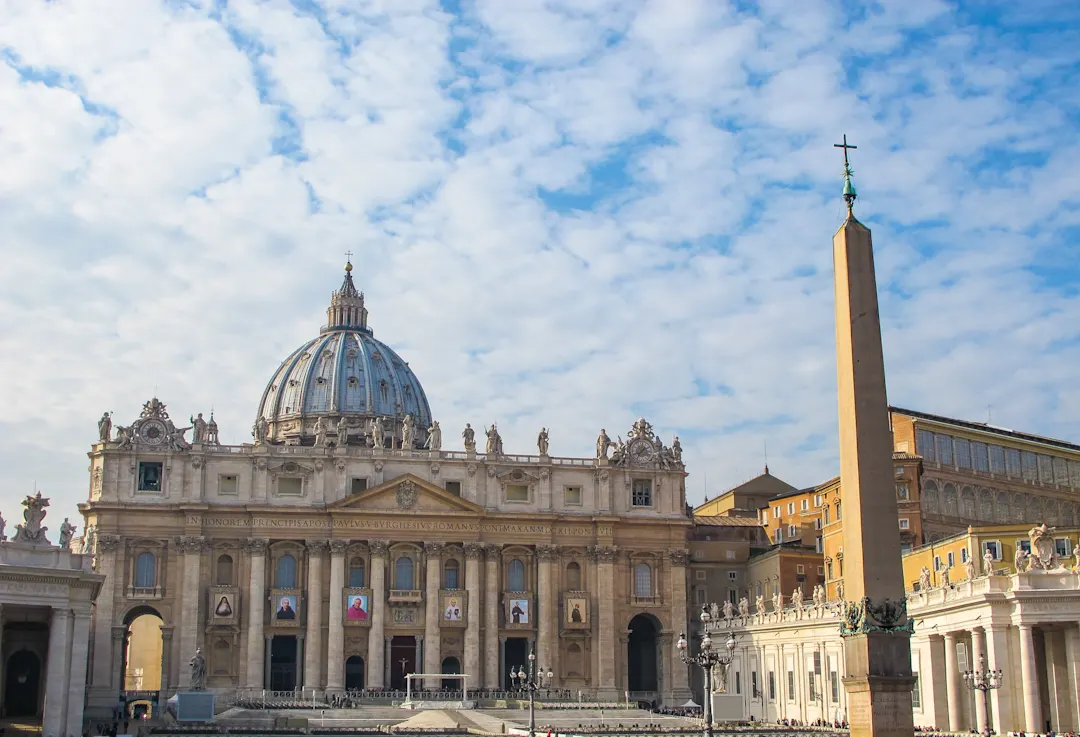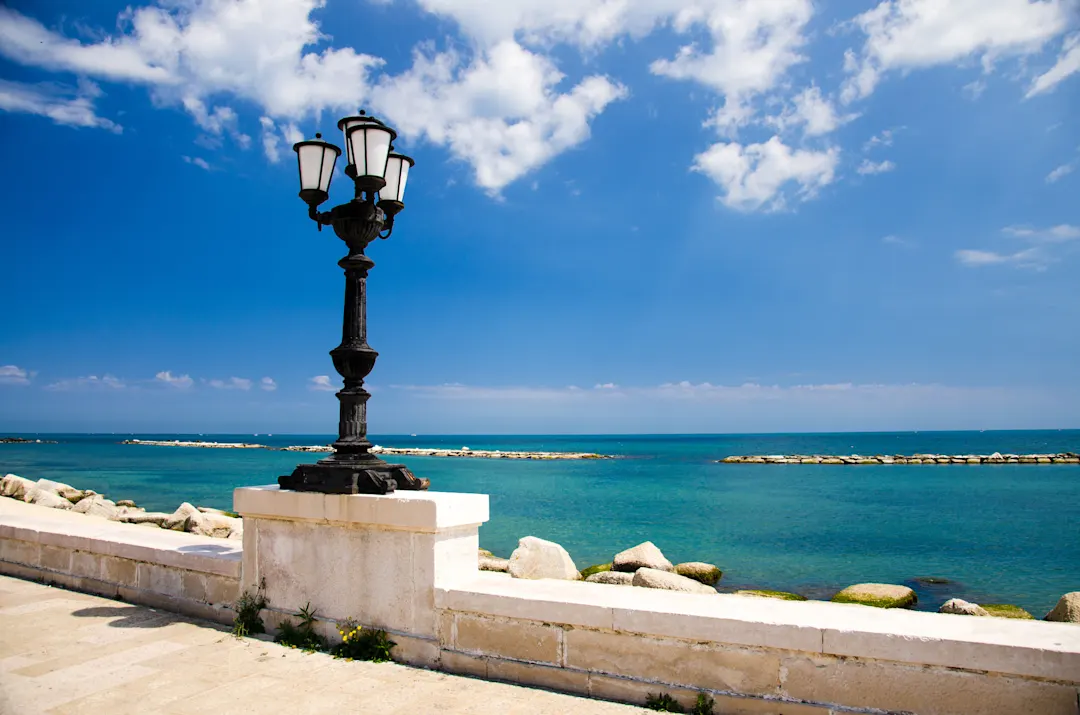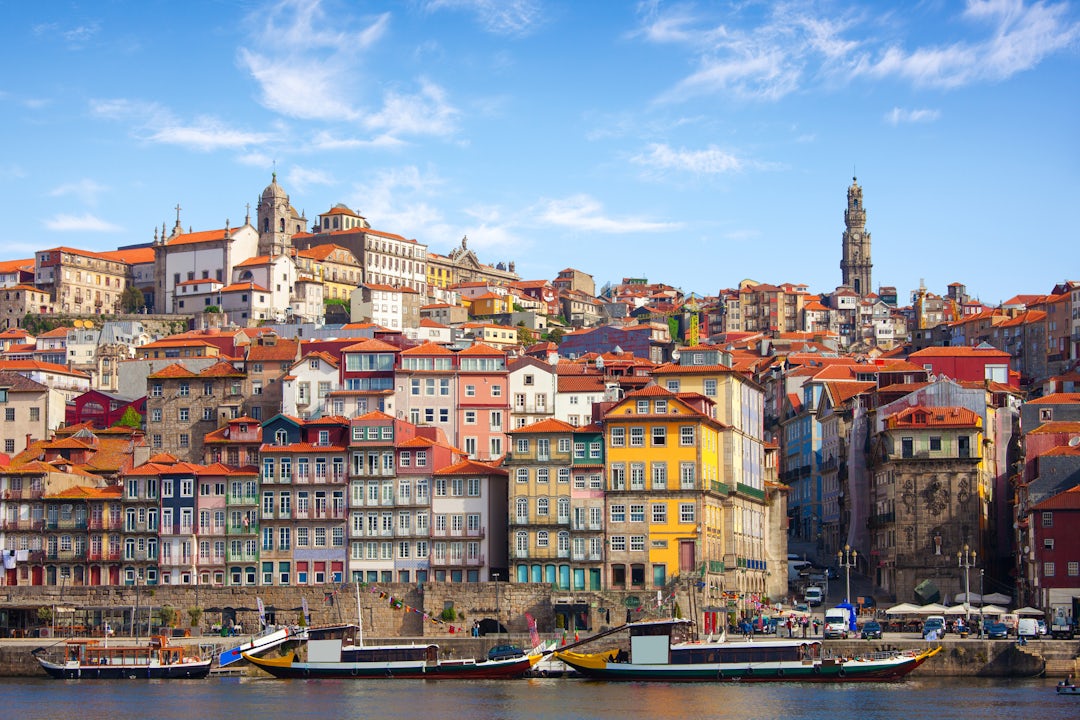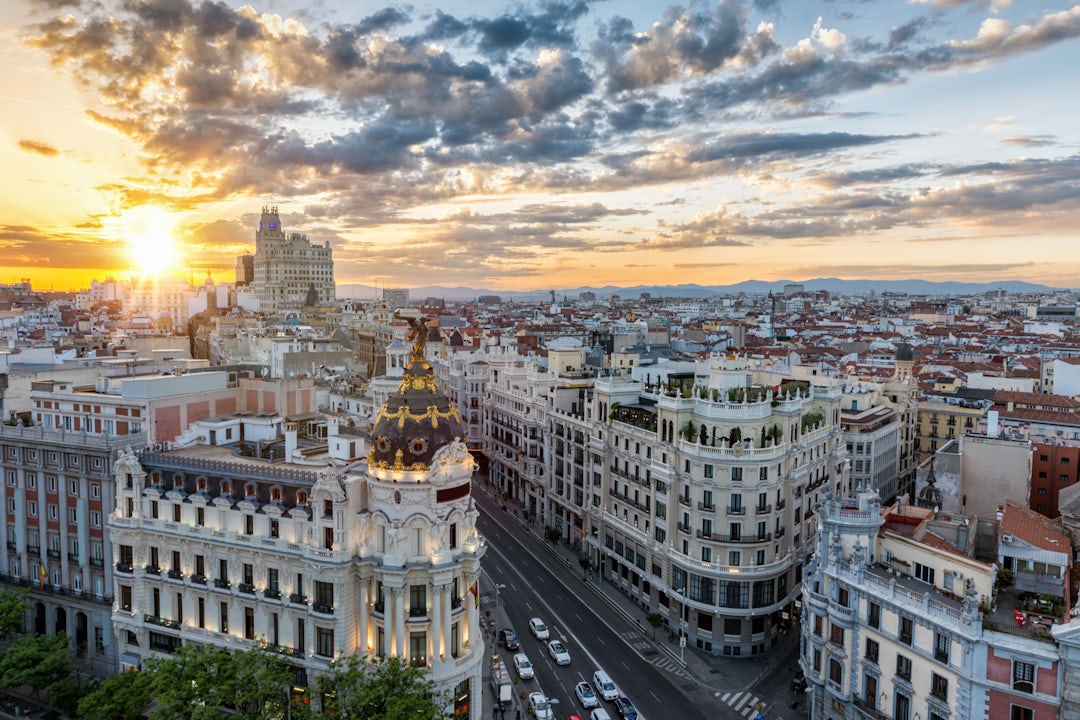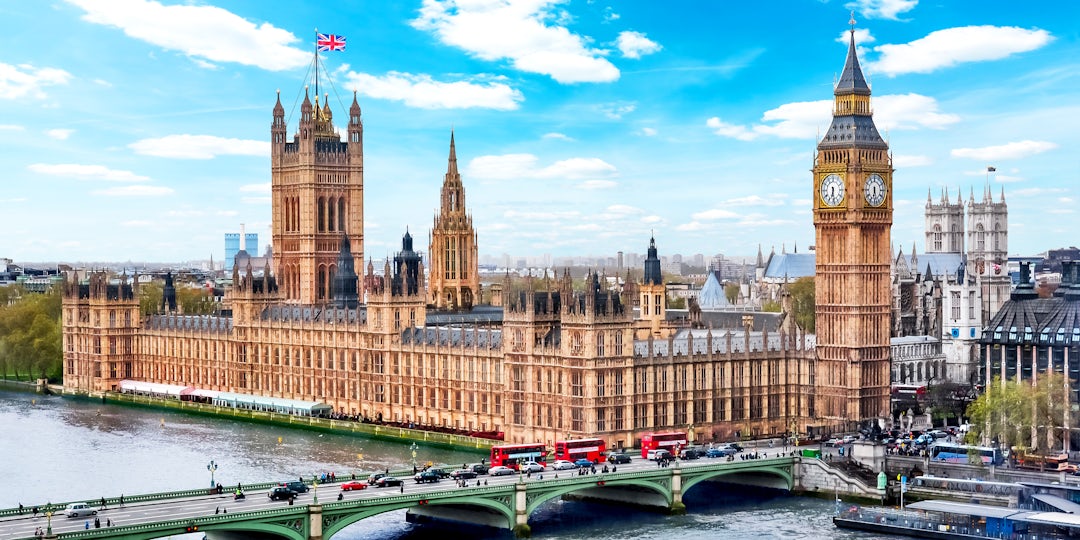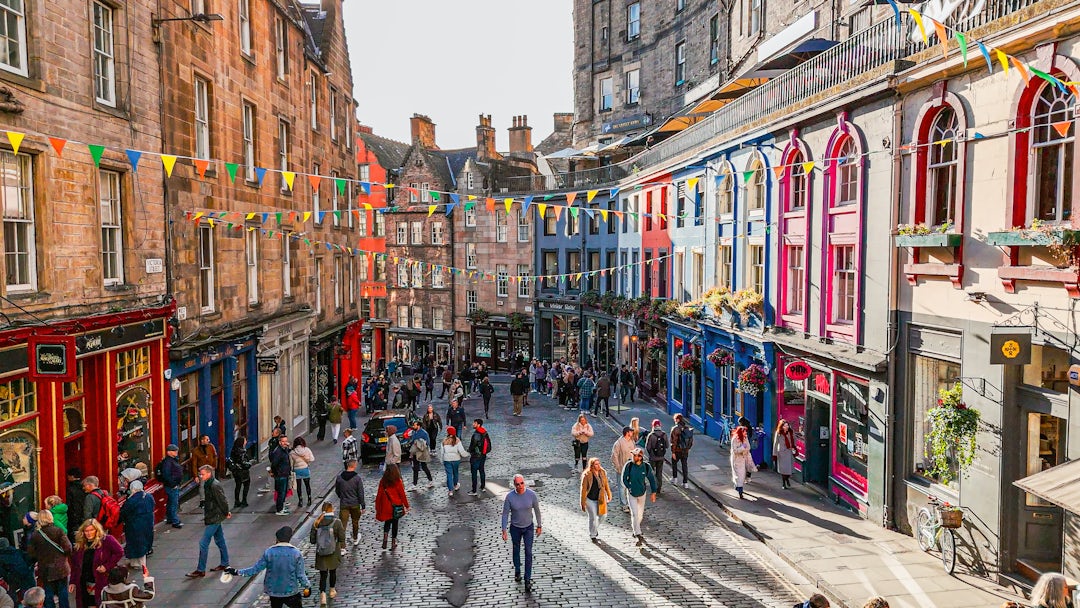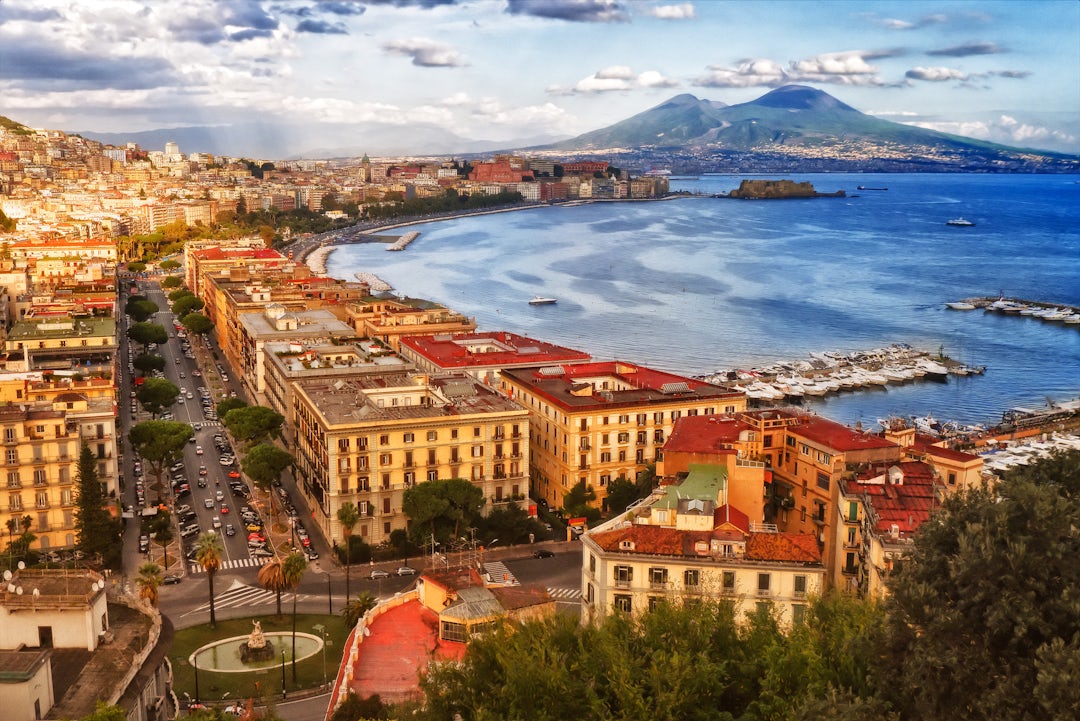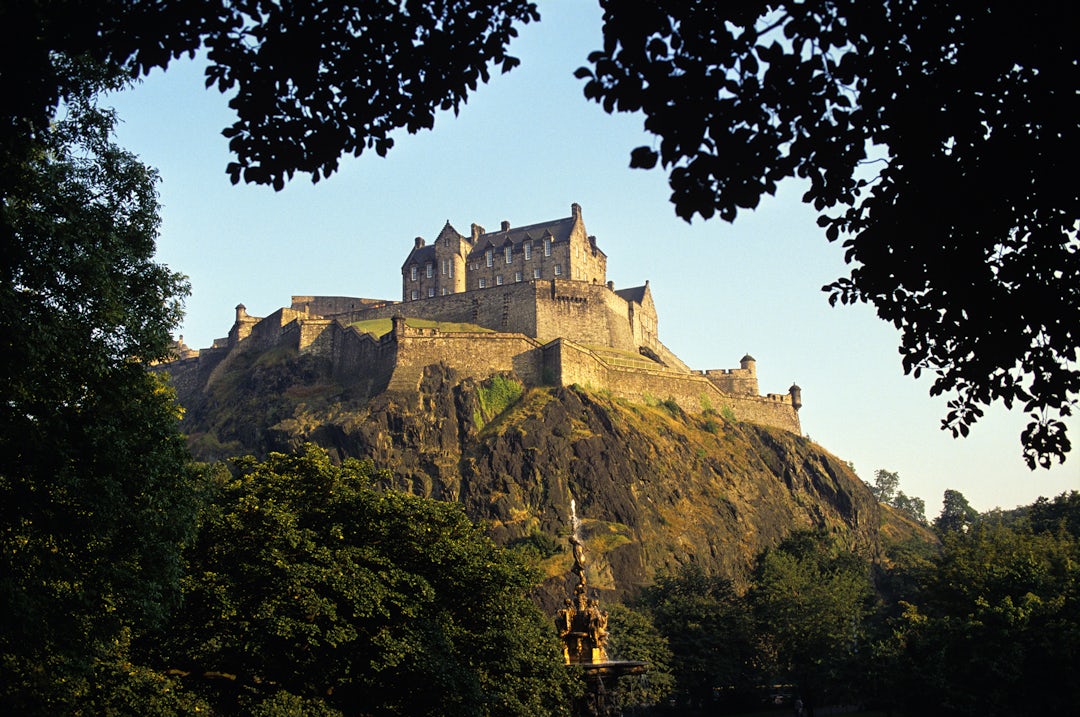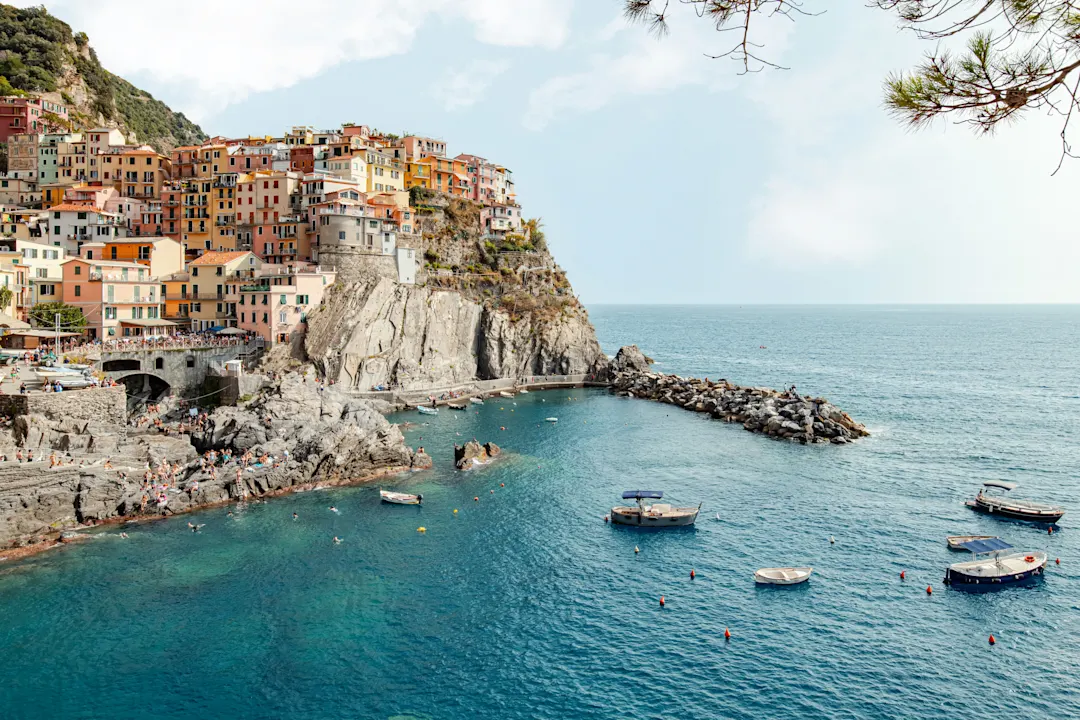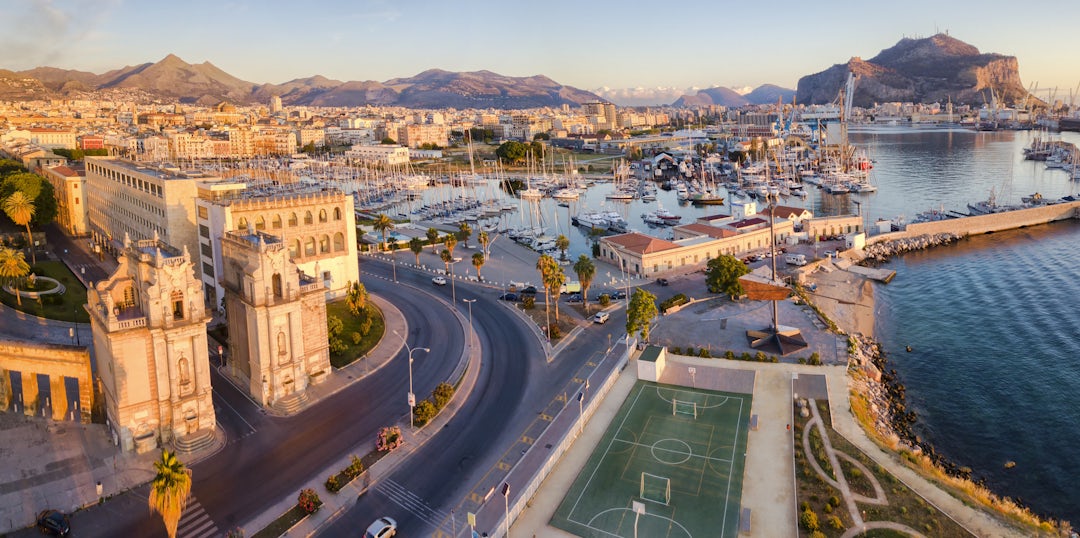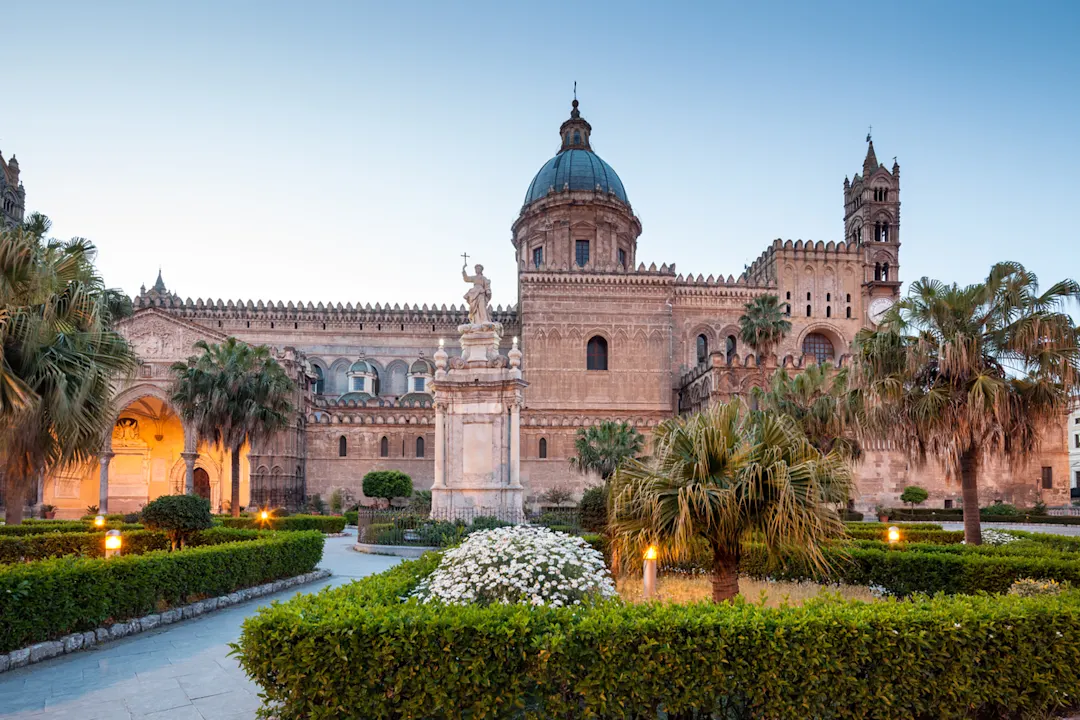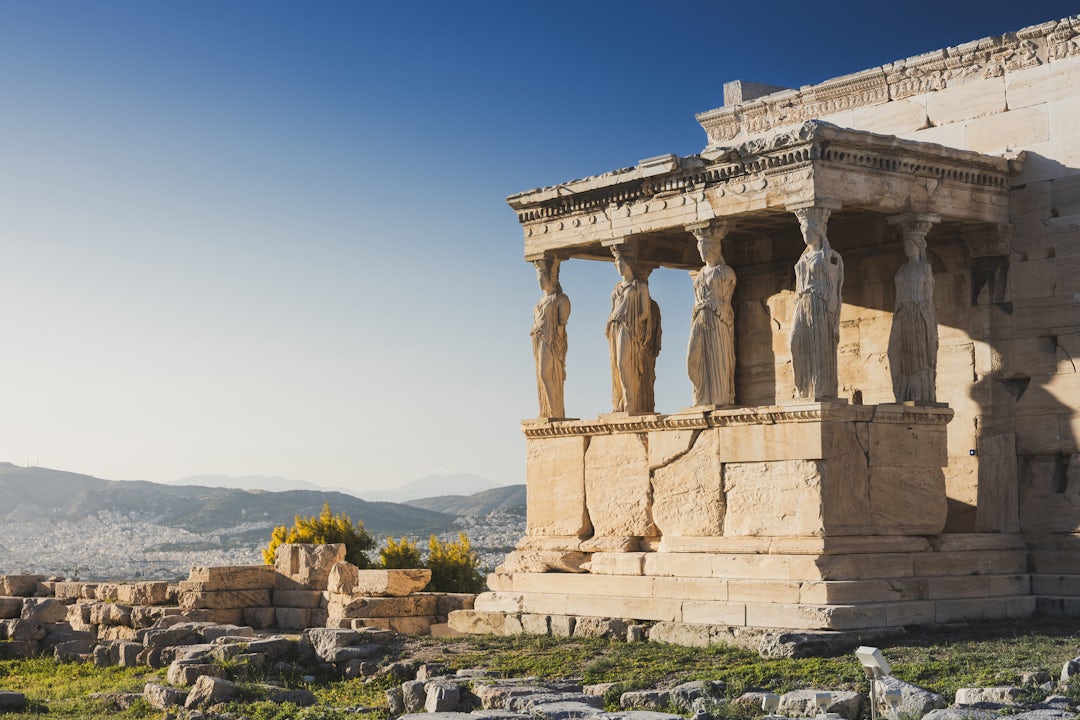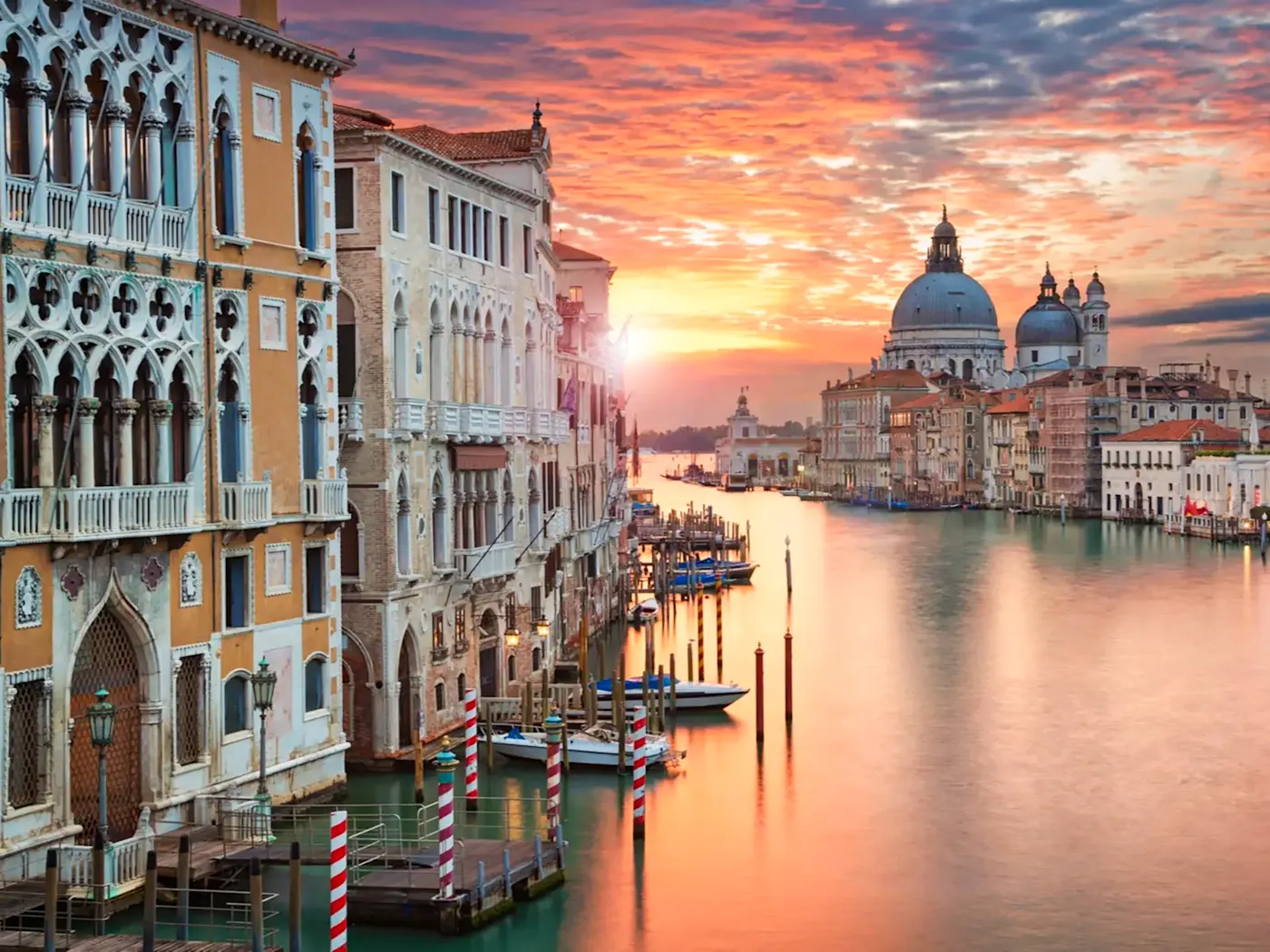
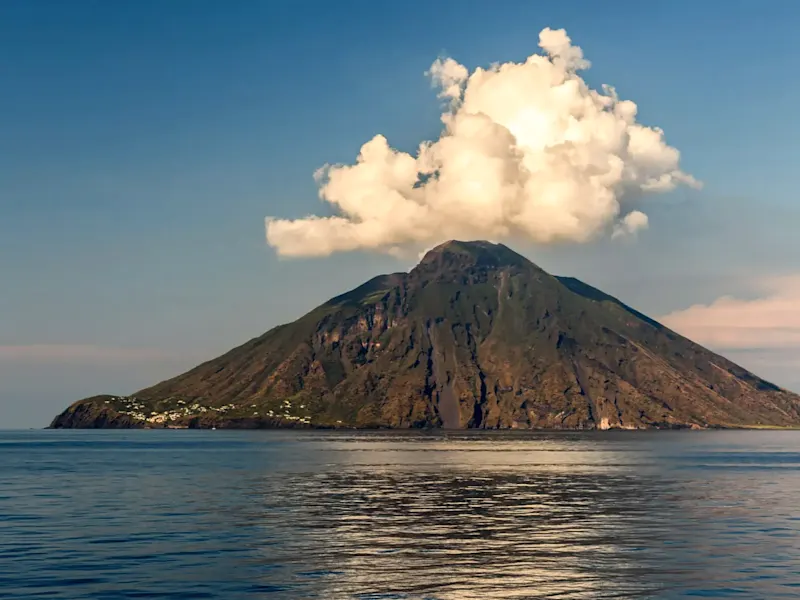
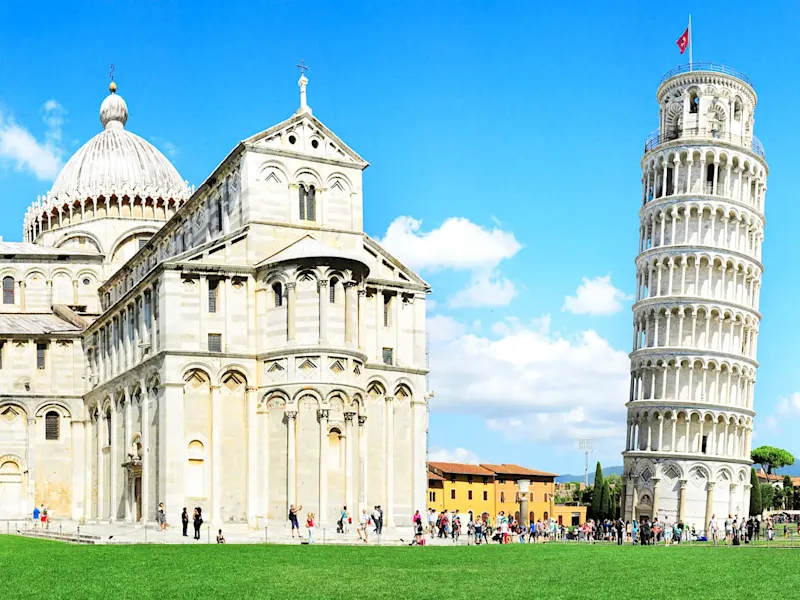
Things to do and see in Italy
From the Alps to Sicily
Plan your Trip
Your tailor-made itinerary – No cost, no commitment
Excellent
4.5 of 5
4,542Reviews
Excellent
What is special about Italy?
Unique landscapes, culinary delights, fashion, art, history, culture and la dolce vita - Italy has it all! There are countless things to marvel at: from the Amalfi Coast and the Adriatic Sea to the cosmopolitan cities of Rome, Florence and Venice. Visits to temples, volcanoes, sea caves or prestigious buildings - "Il Bel Paese" has always been a destination that everyone longs for.

Antonella Deuster
Travel Expert for Italy
Updated on 05/15/2025
Plan for free
Custom holiday packages and trips that fit your budget
Personalized for you
Itineraries built exactly to your needs
Private VIP guides
A personal English-speaking, native-European travel expert for every step
Peace-of-mind support
Full service assistance before, during, and after your trip
What is a must-see in Italy?
Get inspired by the top things to do and see in Italy — from iconic attractions to hidden spots you won't want to miss.

If you visit Sicily on your trip, you should not miss the archaeological sites of Agrigento, also known as the Valley of the Temples. The archaeological area was added to the UNESCO World Heritage List in 1997.
This massive archaeological complex is home to some of the best-preserved Doric-style Greek temples, most of which are over 2,400 years old. The best thing about it: not only can you marvel at the historical sites, but you can also enjoy a breathtaking view of the entire city from here.

Some may be surprised to learn that the largest church in Italy is not in Rome or even the Vatican, but in Milan. The cathedral was built over an impressive six centuries and is dedicated to the Nativity of St. Mary.
The Gothic white marble façade of Milan Cathedral makes it one of the most famous church façades in the world. The interior is simply breathtaking, with numerous marble coverings and decorations and a beautiful altar. But one of the main attractions is actually the roof area: you can climb the stairs to the nave and overlook the whole of Milan from there.
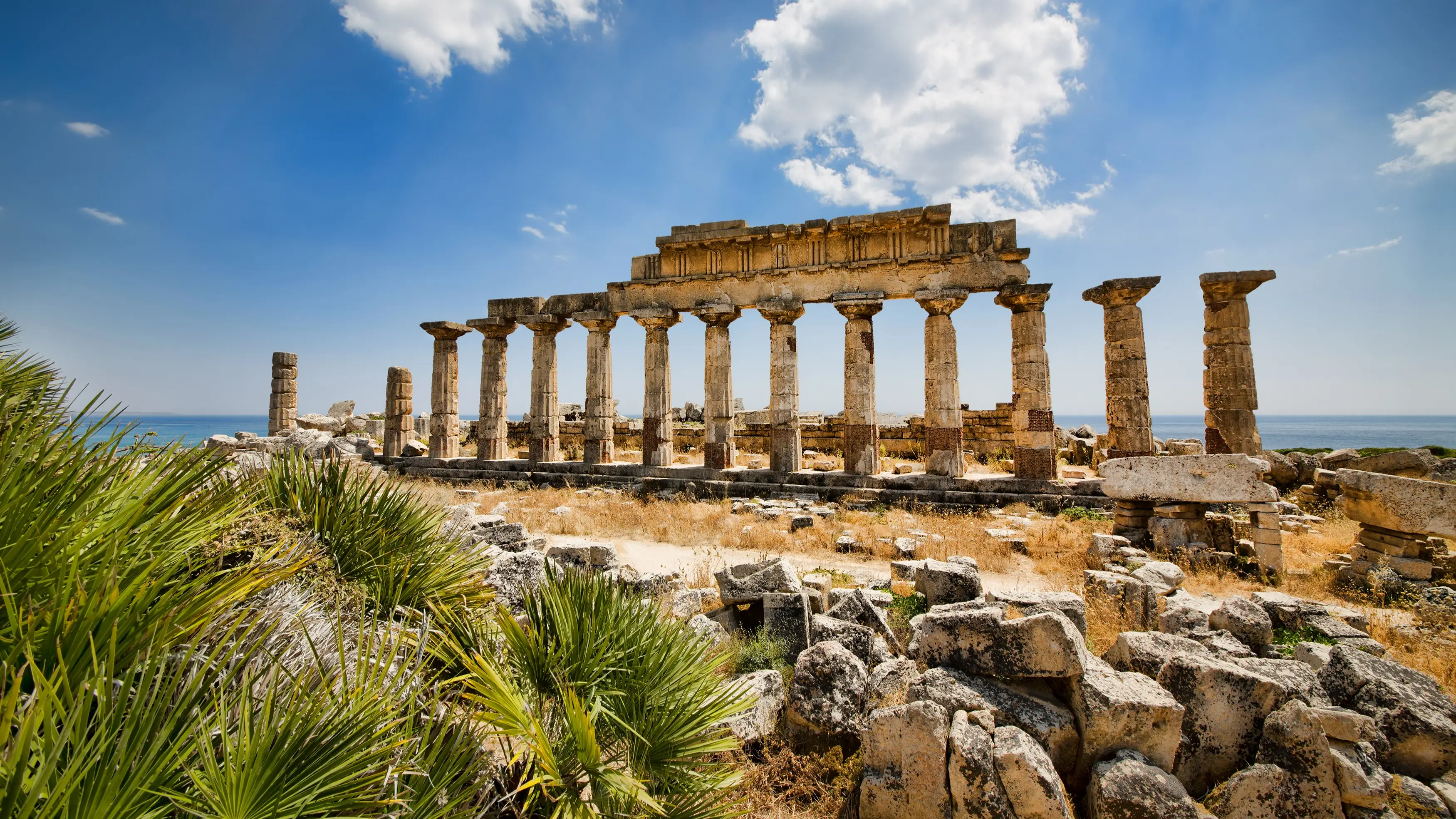
The Acropolis of Selinunte in Sicily was once the political center of the region and consists of five different temples. Temple C, which dates back to the 6th century, is the most famous of them and is said to be dedicated to the god Apollo.
Other temples, such as Temple D, also date from this period and are said to be dedicated to Venus. Temples A and O are thought to have been built sometime between 490 and 480 BC. As they appear to be a pair, it is thought that they were dedicated to the famous twins Castor and Pollux.
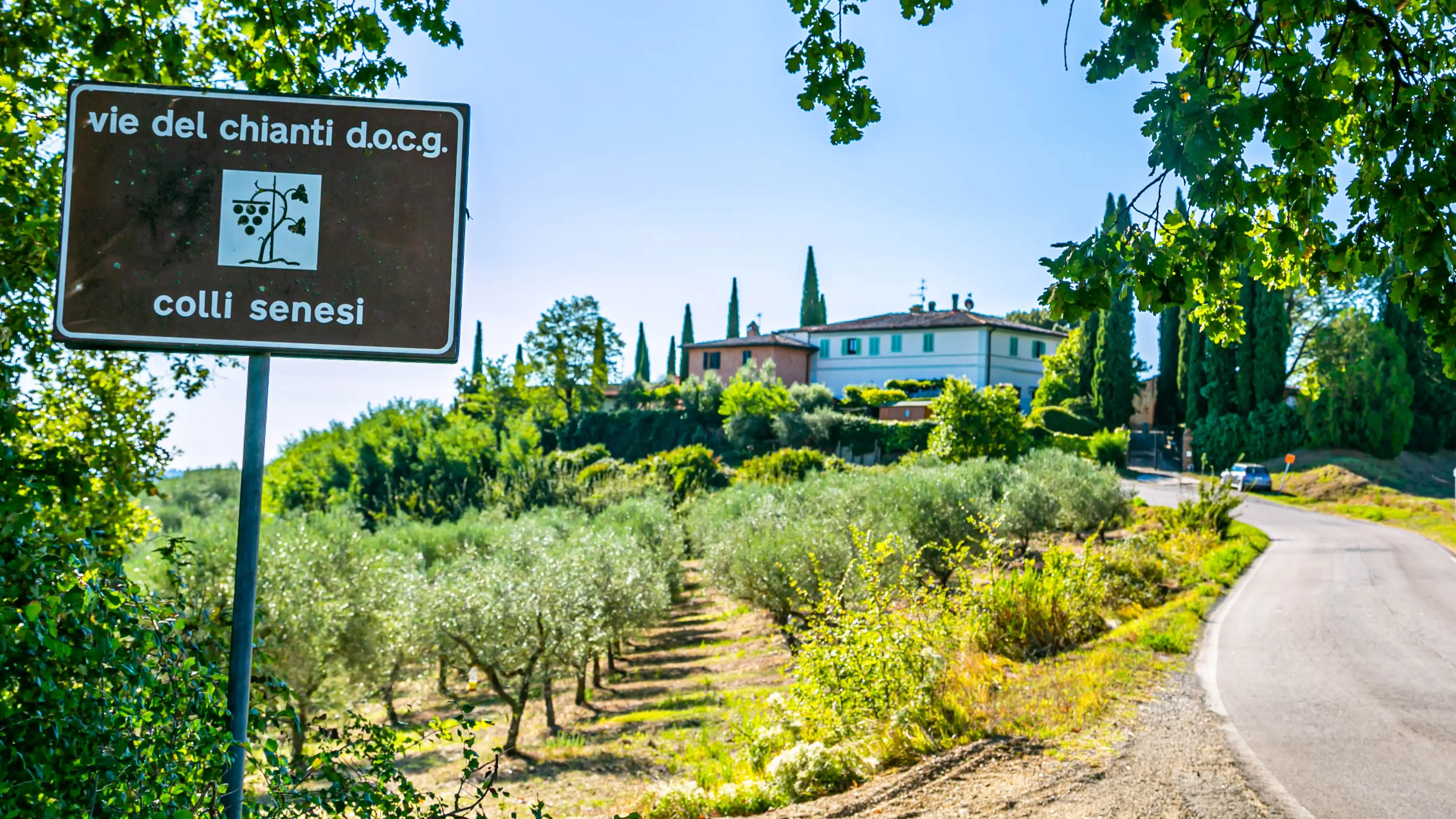
The Chianti region of Tuscany is known for its delicious wines, so it's impossible to imagine coming here without taking a wine tour through this area between Siena and Florence. There are many different wine tours in the region, most of which take you over sweeping hills and through charming medieval villages.
Not only should you plan a vacation in the region for wine tasting, but you can also marvel at the winding paths and picturesque landscapes with medieval towers and narrow streets surrounded by vineyards, cypresses and olive groves.
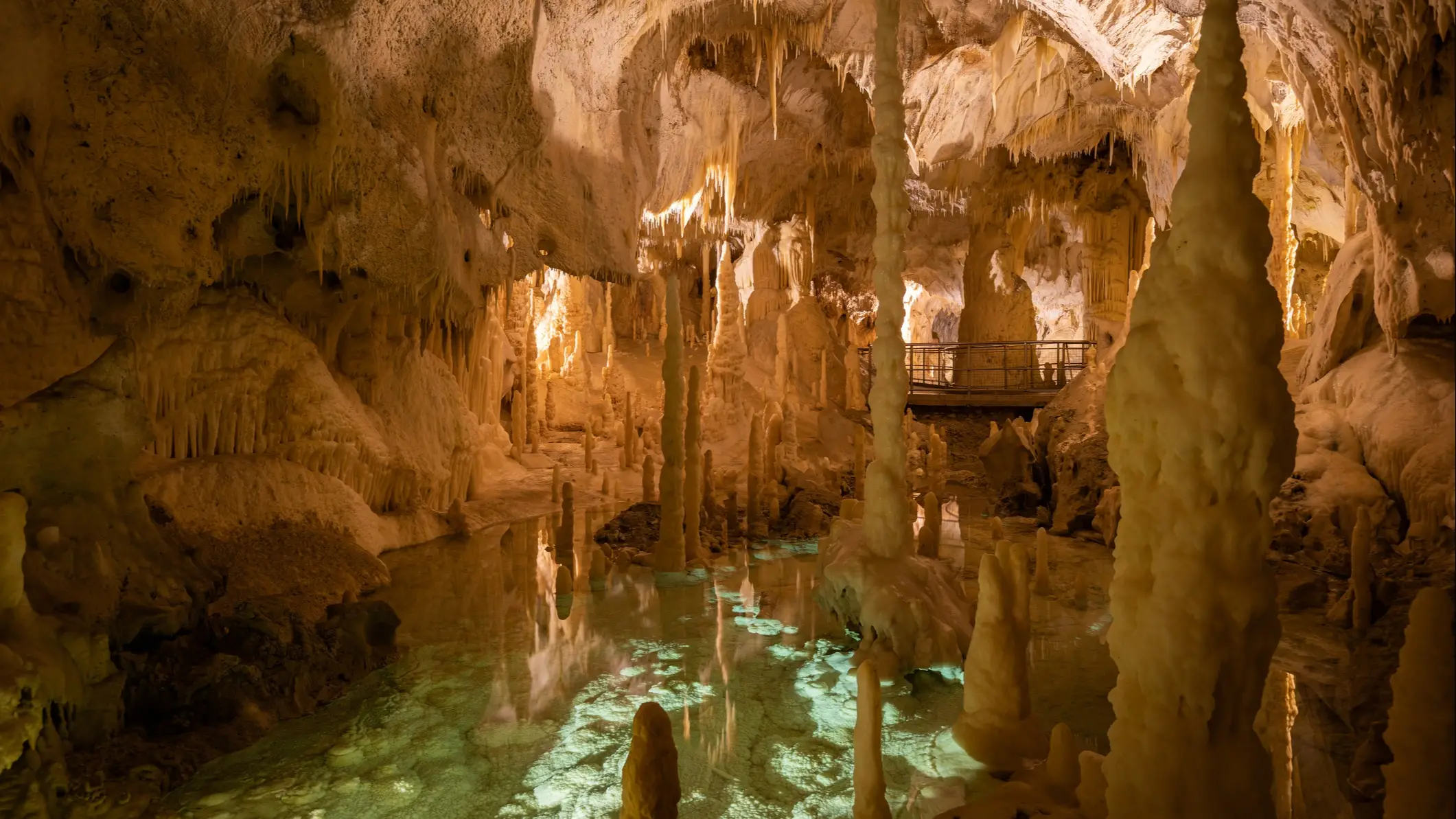
Located near Ancona in the medieval town of Genga, the Frasassi Caves offer a breathtaking underground adventure that feels like a journey to the center of the Earth. The highlight is the "Abyss of Ancona," where the towering cave vault rises to an astonishing nearly 660 feet, making it one of the most awe-inspiring chambers on the tour.
Inside the grotto, well-lit pathways guide you past incredible geological wonders, including mysterious stalagmites and stalactites formed over millennia. The guided tour lasts about 75 minutes and showcases some of the most beautiful karst formations in the world—an unforgettable experience for nature lovers and explorers alike.
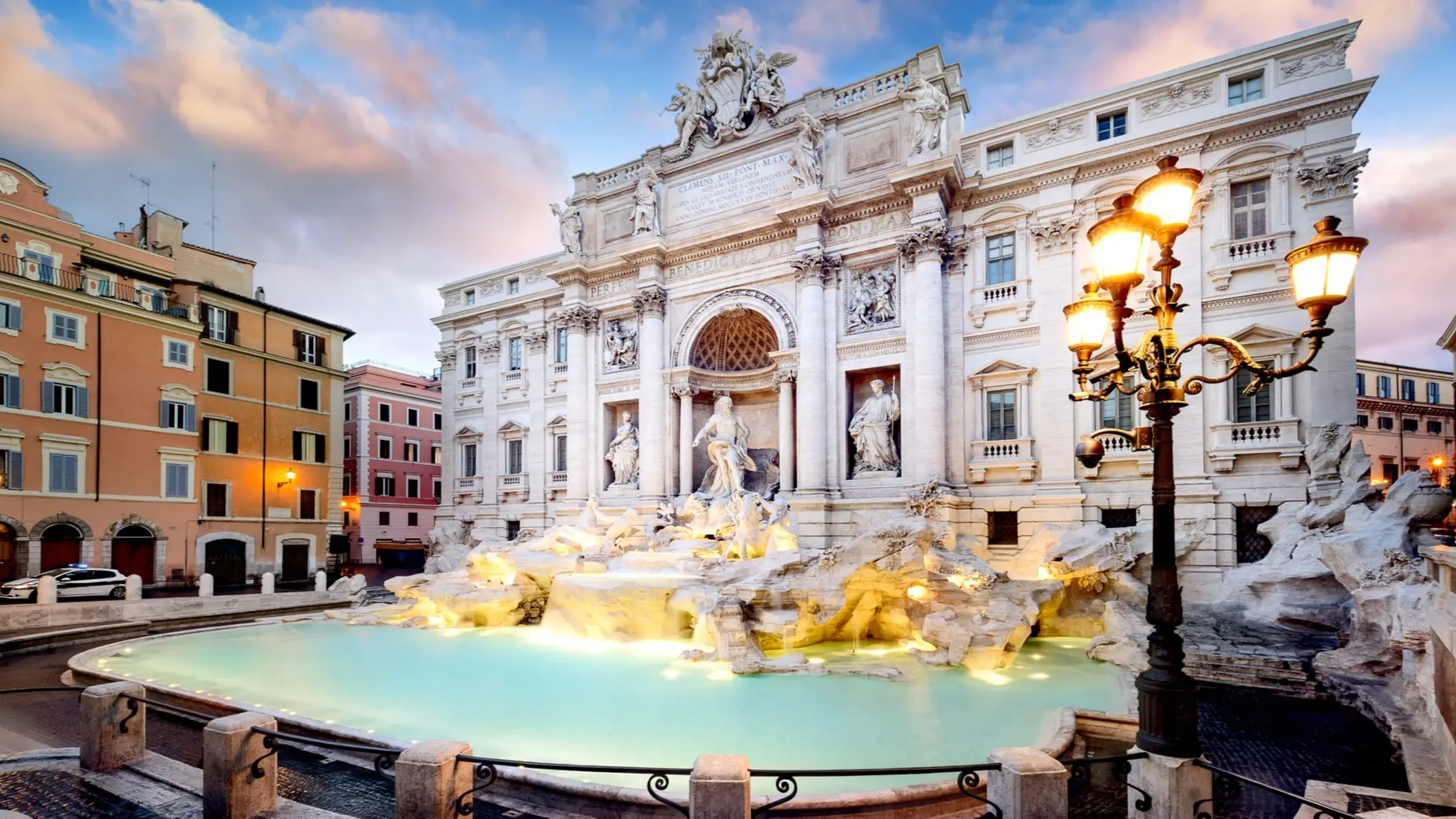
No trip to Rome is complete without a visit to the iconic Trevi Fountain—and if you hope to return to this timeless city, legend says it’s a must. Tradition holds that tossing one coin into the fountain ensures a future visit to Rome. A second coin promises new love, while a third is said to guarantee a happy marriage.
Crafted in dazzling Baroque style from gleaming marble, the Trevi Fountain is just as magical by day as it is under the lights at night. Whether you're there to make a wish or simply admire its beauty, the Trevi Fountain is an unforgettable part of any Roman adventure.
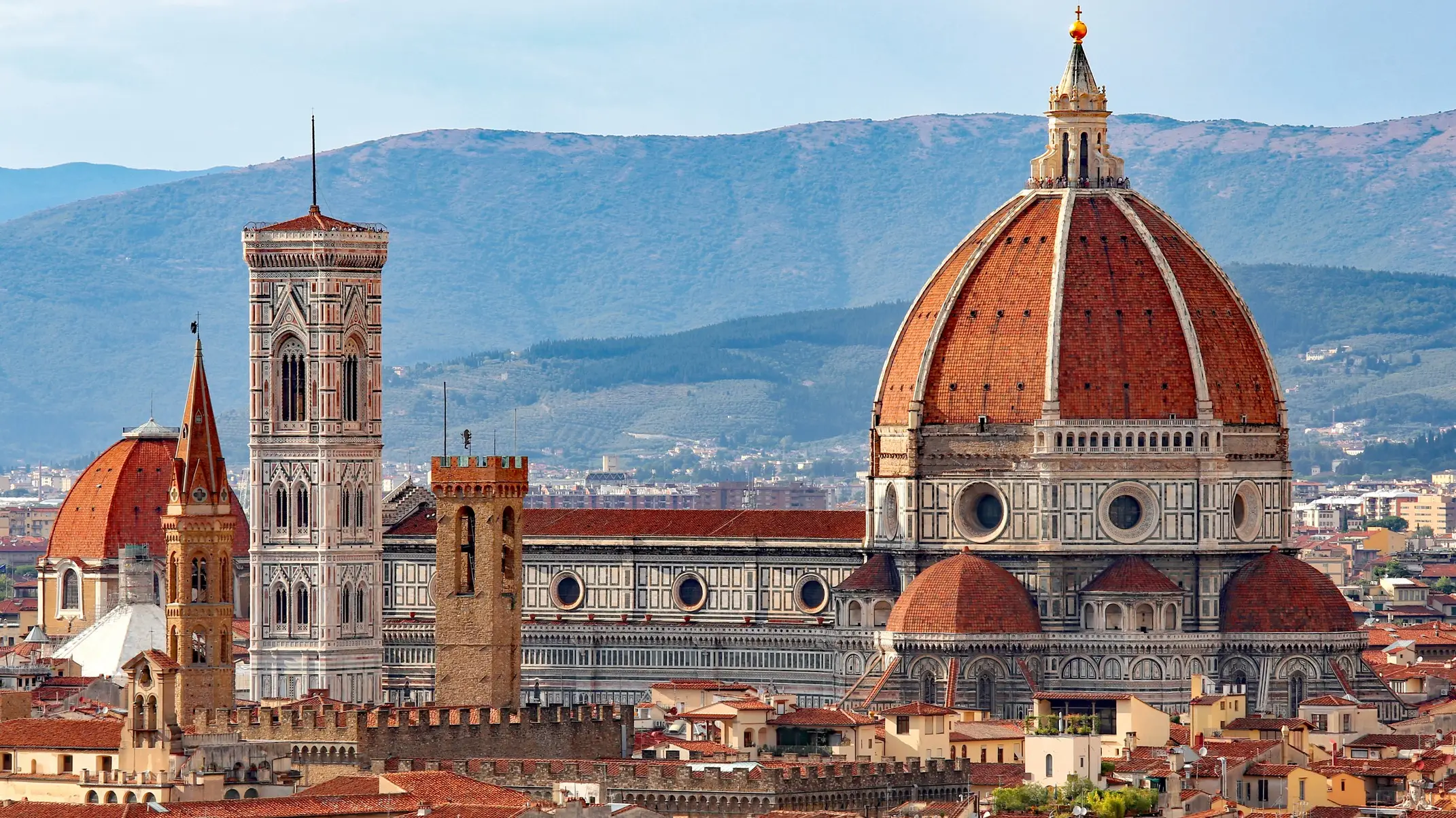
Florence is one of the most art-historically significant and romantic cities in the world. A very special highlight when visiting the city is the opulent Cathedral of Santa Maria del Fiore.
The cathedral is famous for its soaring dome, la Cupola di Brunelleschi, which is still one of the largest masonry domes in the world. If you want to go up to the dome, you should book well in advance. You can also admire Michelangelo's unfinished Pietà in the Museo dell'Opera del Duomo.
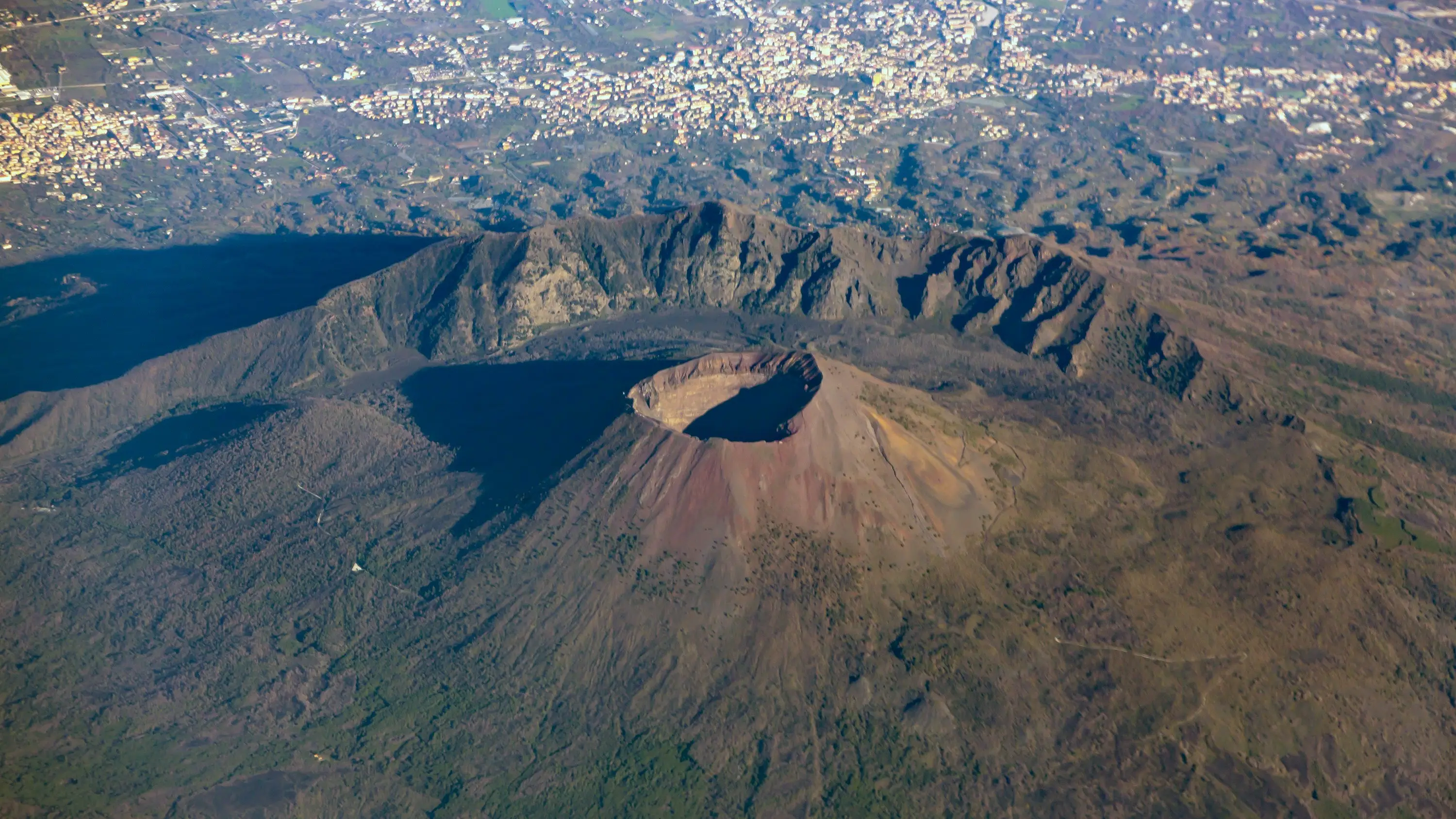
Vesuvius is considered one of the most famous mountains in the world, and not just because of the legendary volcanic eruption that covered the city of Pompeii in ash out of the blue. At present, Vesuvius can be considered safe and you can even hike up to the crater, which resembles the surface of the moon.
The view from the summit is absolutely breathtaking, and the climb can be managed even by people who are not trekking pros. From Naples, you can visit both the Pompeii ruins and Mount Vesuvius on a day trip.
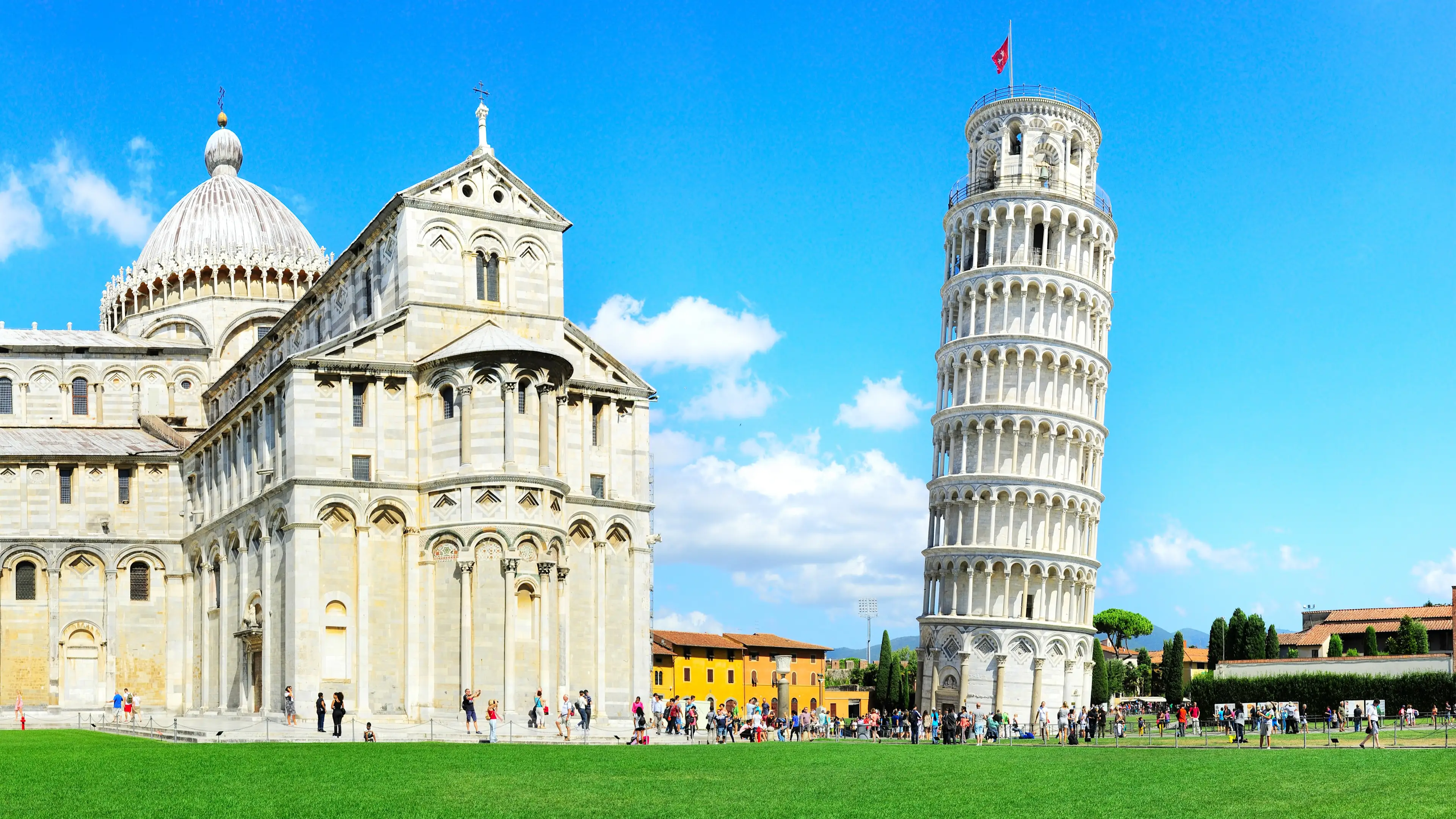
The famous Leaning Tower of Pisa owes its iconic tilt to an architectural mishap—during construction, the soft, marshy ground beneath it caused the tower to sink and lean to one side. What started as an engineering problem has since become one of the world’s most recognizable landmarks.
Today, thanks to extensive stabilization efforts, the tower is considered safe and remains open to visitors. You can climb the spiral staircase—almost 300 steps—to reach the viewing platform at the top, where panoramic views of Pisa and the surrounding Tuscan countryside await.

One of the main reasons to go on a trip to Naples is the city's most famous dish: the delicious pizza. The triumph of the Margherita pizza began when the Queen, Margherita of Savoy, visited Naples in 1889. To celebrate the unification of Italy, she had a pizza created that featured the colors of the Italian flag - red (tomato), white (mozzarella) and green (basil).
According to other sources, the pizza, whose mozzarella topping is reminiscent of daisy flowers ("Margherita"), has been around for much longer. Whichever story you believe, Naples is officially known as the birthplace of pizza and you will find excellent pizzerias and restaurants all over the city.
➔ Discover more culinary specialties in Italy
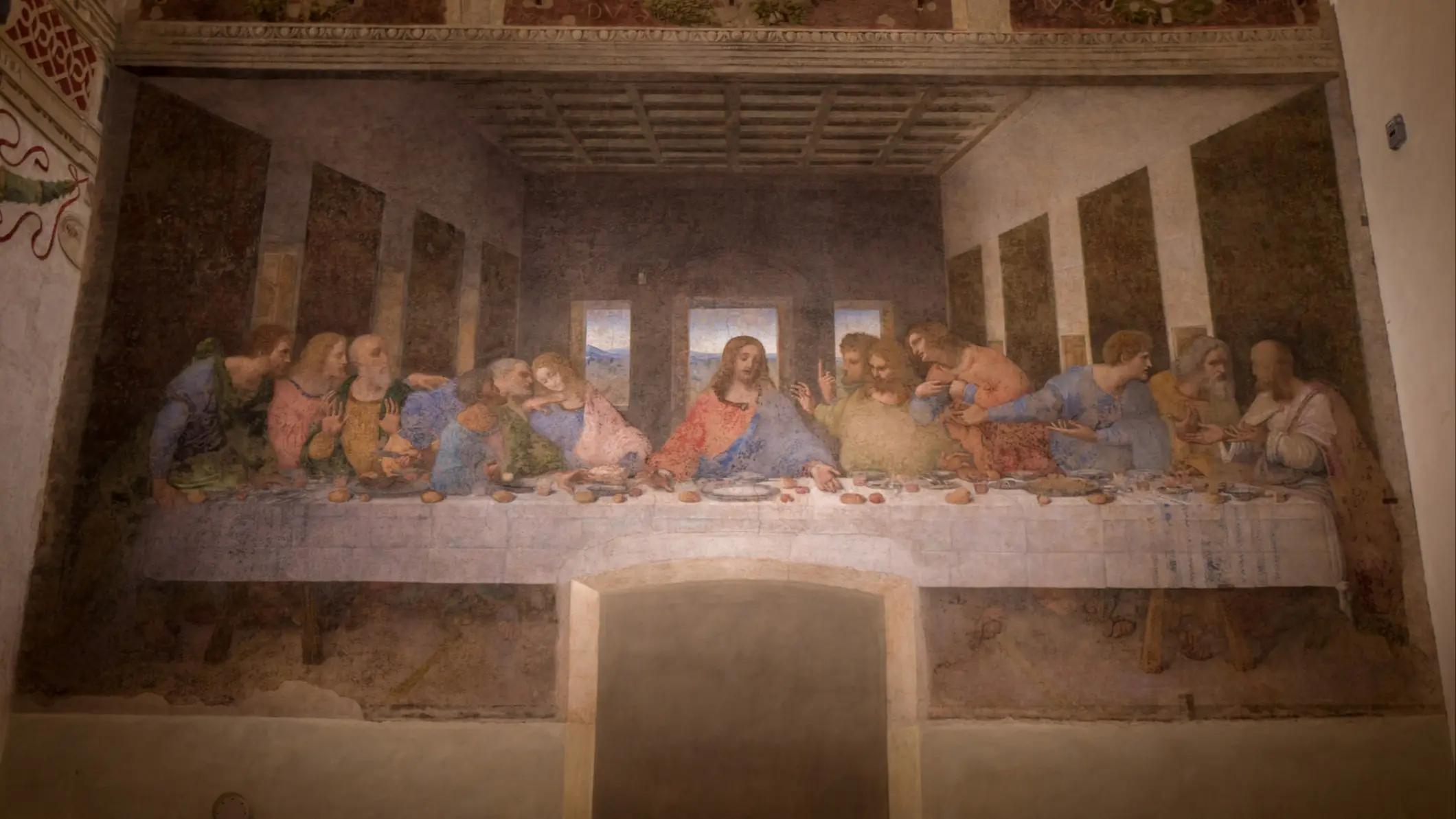
Leonardo da Vinci's Last Supper can still be seen today on the wall of a former monastery refectory next to the church of Santa Maria delle Grazie in Milan. The building has now been transformed into a museum and equipped with sophisticated technology to ensure constant humidity and temperature.
It is hoped that the mural will continue to delight art-loving travelers to Italy for several centuries to come. Be sure to book your ticket several months in advance on the official website.
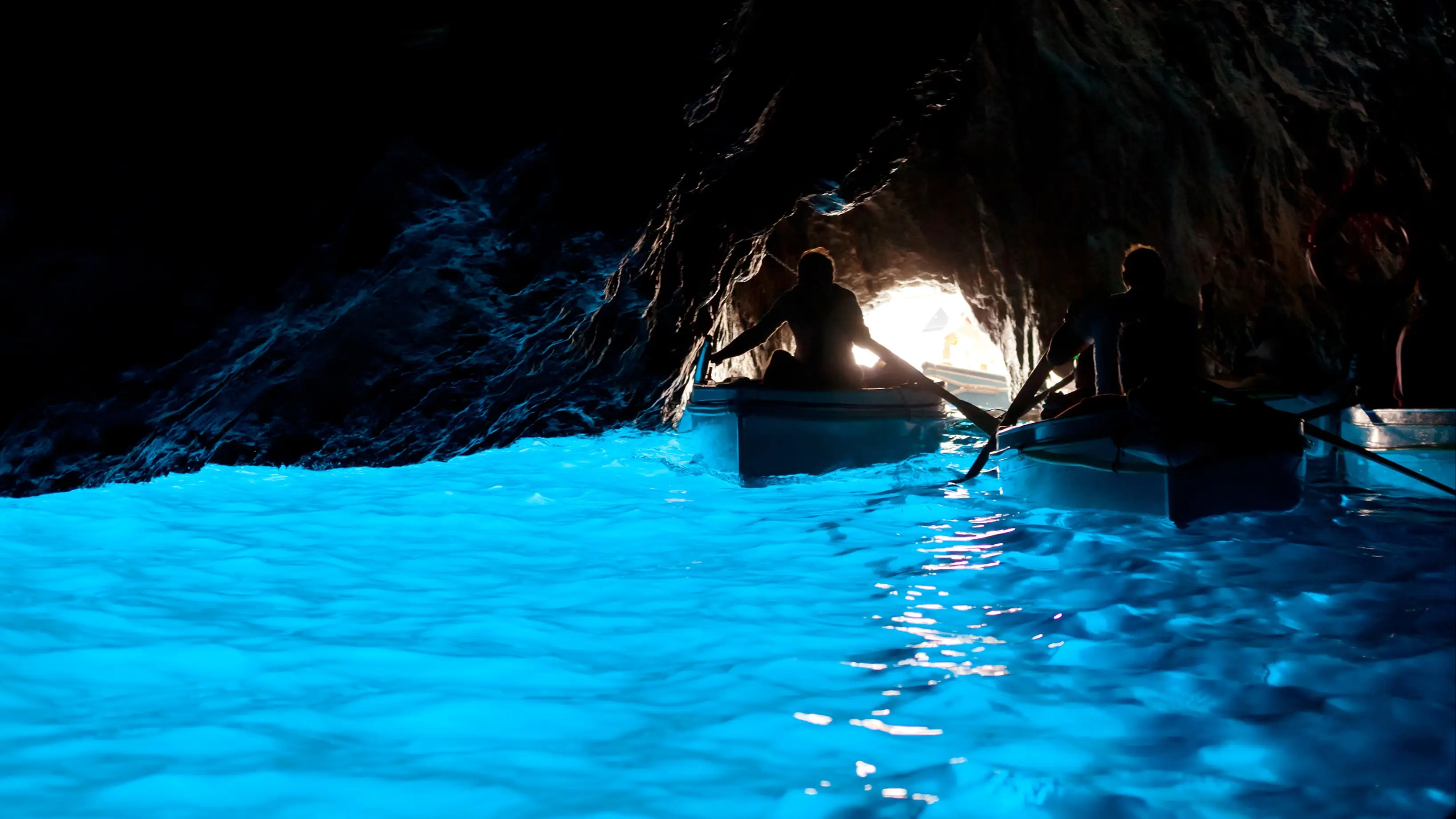
One of Italy’s most magical sights is the Grotta Azzurra on the island of Capri. This natural sea grotto is famous for the ethereal blue-silver light that fills its interior, created by sunlight passing through underwater openings just beneath the cave’s entrance.
The grotto stretches about 200 feet in length and reaches heights of up to 46 feet in some places. To experience it, visitors enter in a small rowboat, passing through the narrow entrance into a world where the water and cave walls glow with an otherworldly blue light—an unforgettable moment that many describe as truly magical.
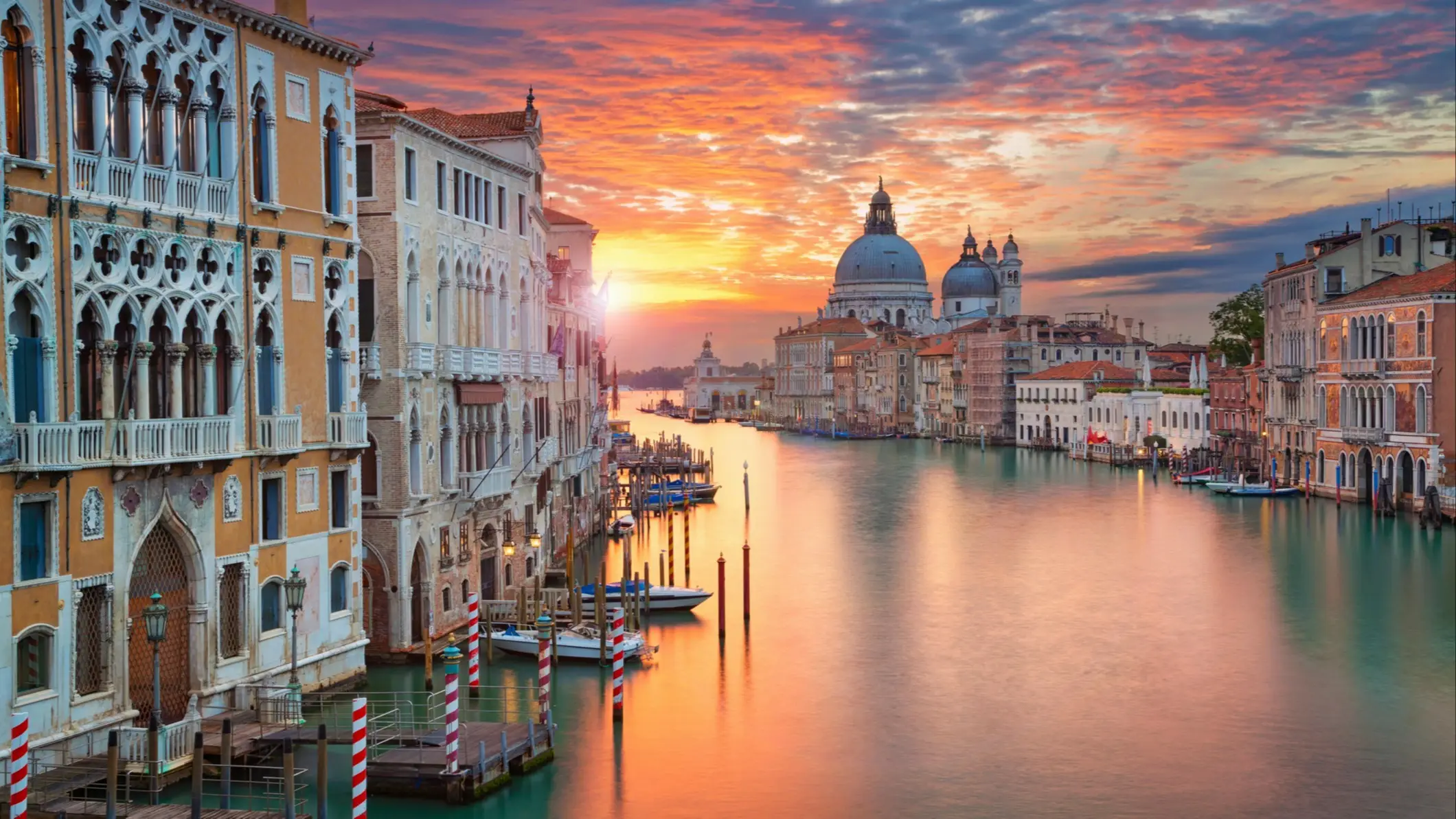
As the name suggests, the Grand Canal is the largest of all the canals in Venice and one of the most famous waterways in the world.
There are a number of ways to experience this impressive waterway up close on a trip. One option is to take the vaporetto, a water bus, along the various sections of the canal, where you can admire the traditional Venetian houses and the small bridges right on the water. Another atmospheric way to travel along the Grand Canal is, of course, a romantic ride on a gondola. Feel transported back to the Venice of another time.
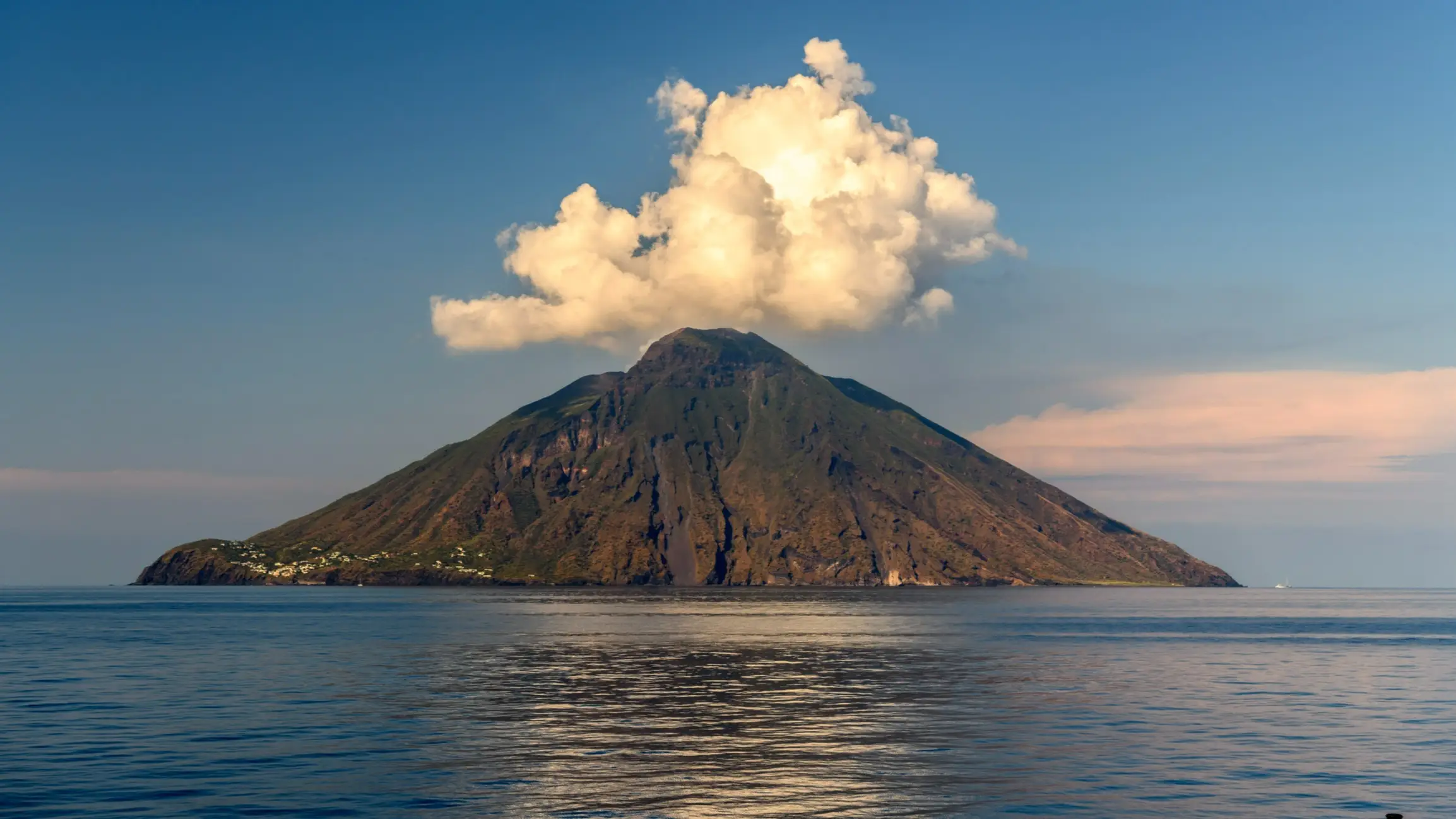
If you're traveling to Sicily, a visit to the still-active Stromboli volcano is an unforgettable experience—whether you hike partway up or aim for the summit. For an easier adventure, you can ascend about 1,300 feet up Stromboli’s flanks without a guide.
If you’re determined to reach the crater—where clouds of ash and bursts of fire still rise from the depths—you’ll need to join a certified guide. The climb is challenging, but standing on the crater’s edge with sweeping views of the island and sea is an incredible reward for the effort.
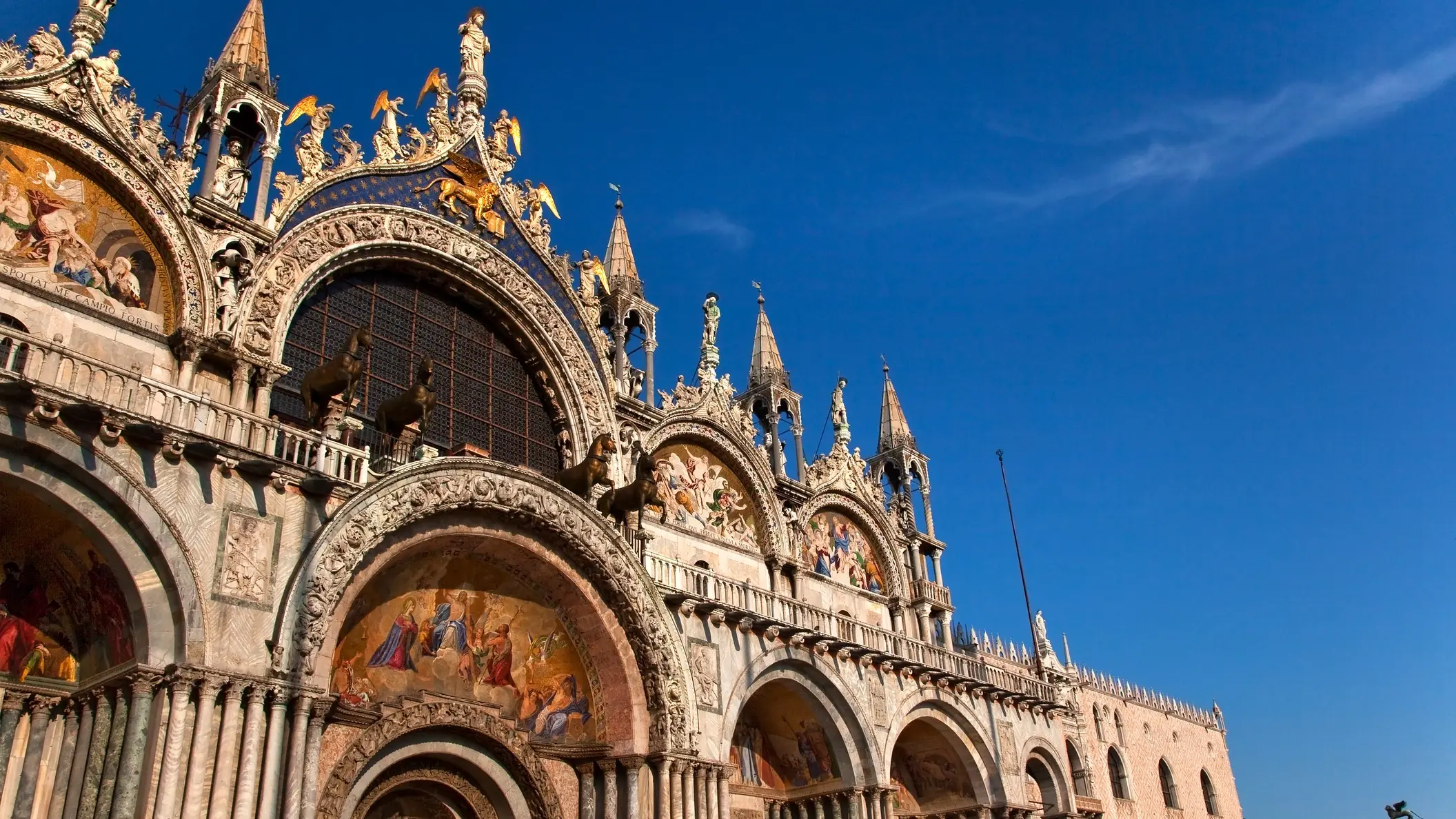
Venice has a number of incomparable attractions to offer, but probably the most famous is St. Mark's Basilica, which is located on the no less famous St. Mark's Square. The basilica is the final resting place of St. Mark the Evangelist and was originally a Byzantine church before being expanded over the years.
The church is a work of art in itself, and visitors flock to St. Mark's Basilica to admire the glittering mosaics, the magnificent marble decorations and the golden bas-reliefs. Most of the ornaments in St. Mark's Basilica date from the 11th to 13th centuries.
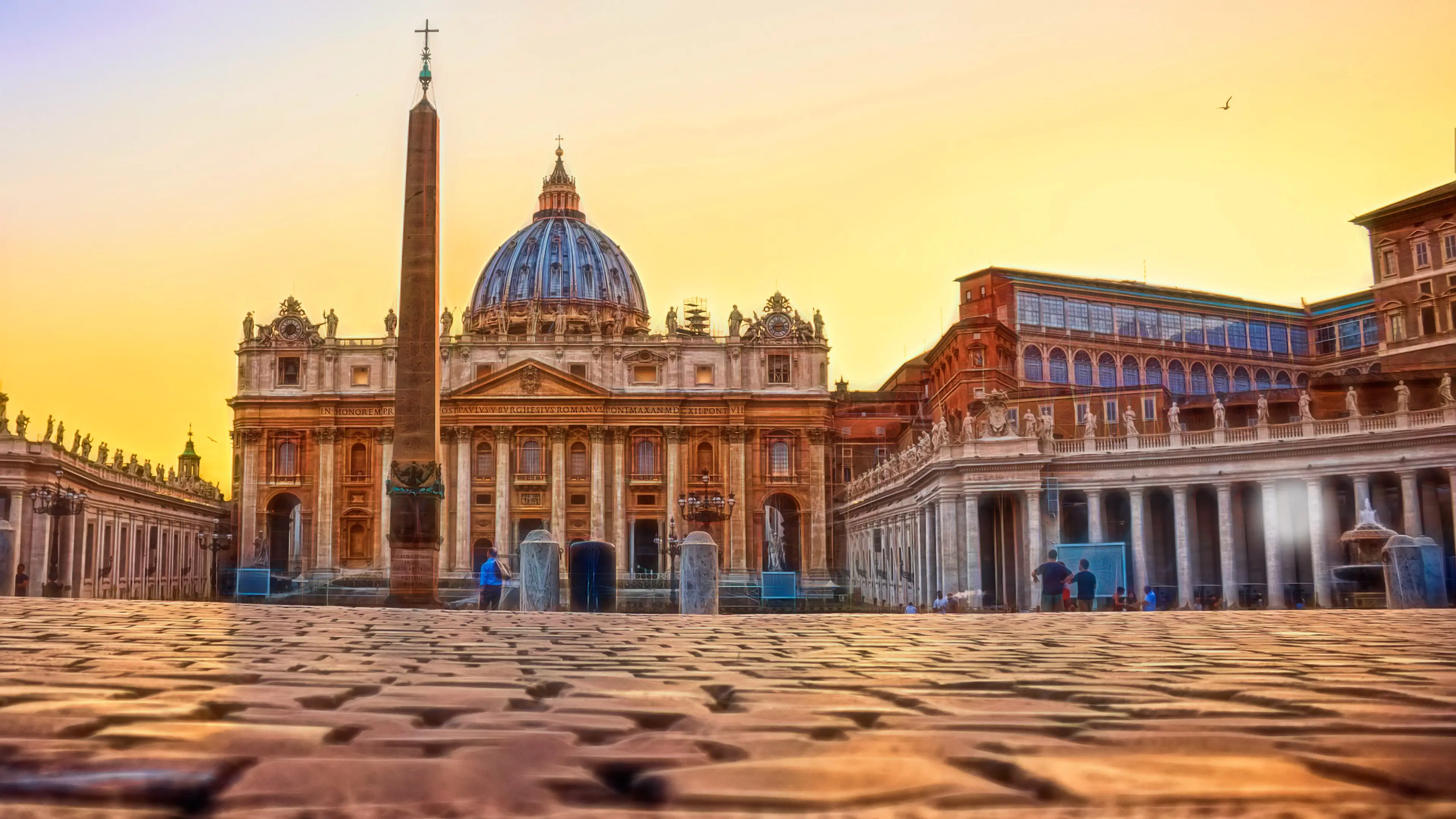
The Vatican is home to some of the most valuable works of art and art collections in the world. The centerpiece is the great St. Peter's Basilica with the tomb of St. Peter and one of Michelangelo's most poignant works, the Roman Pietà.
Devotees gather in the expansive St. Peter's Square for the weekly Sunday blessing. If you visit the Vatican on a Wednesday, you can witness the Pope's general audience.
The walls and ceilings of the Sistine Chapel are decorated with frescoes by Michelangelo, and the Vatican Palace is home to works by Raphael and other important Italian artists.
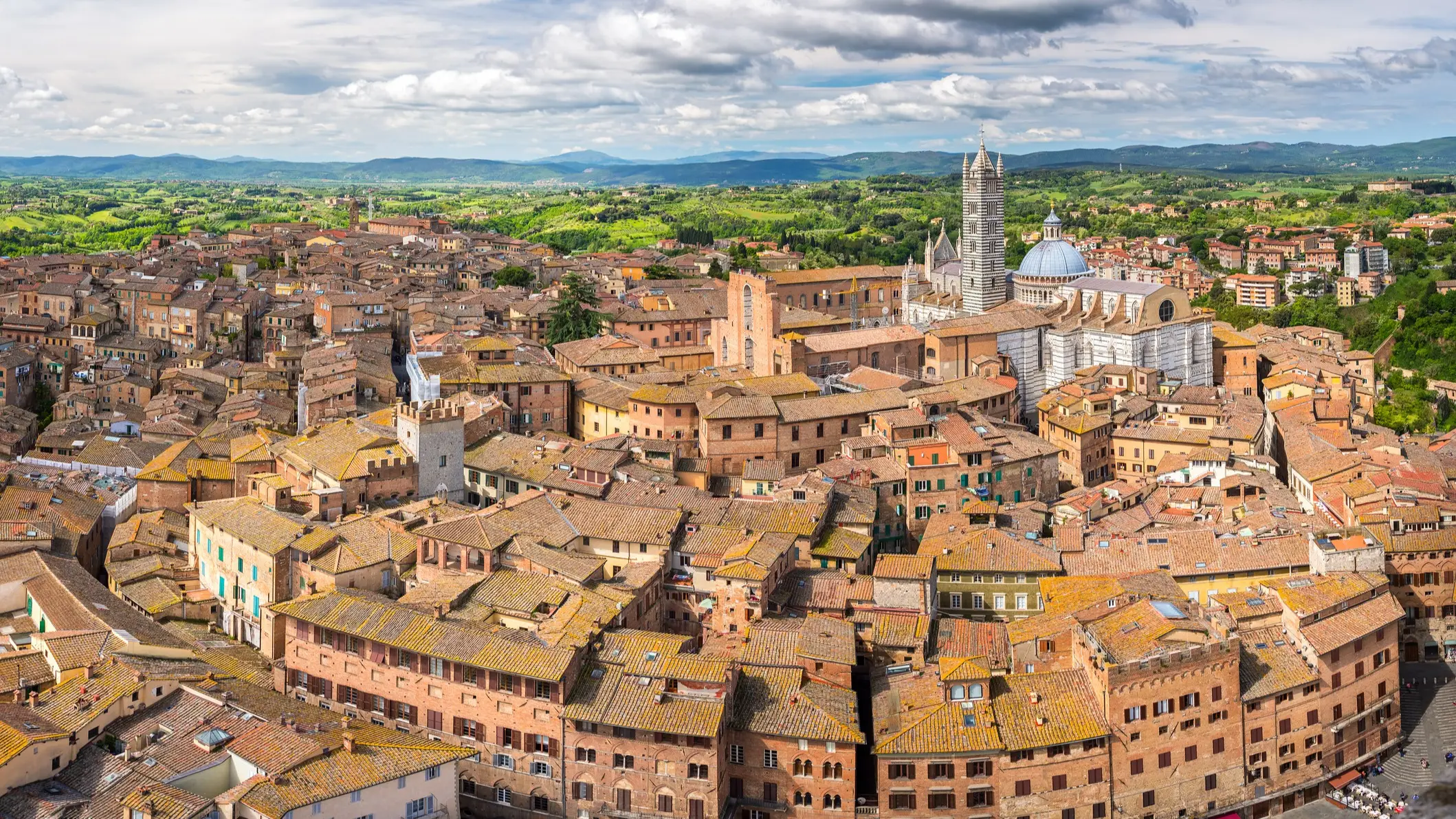
The city of Siena is often neglected in favor of Florence. Wrongly so, as there is a lot to see and experience here and some parts of the city are at least as beautiful as those of its neighboring rival.
The historic center of Siena is particularly worth a visit. It begins at the Piazza del Campo, which leads to a historic quarter with a multitude of Gothic buildings dating back to the 12th century. This architecture is mixed with buildings from the Middle Ages. The most important sights include the mighty cathedral, the Pinacoteca Nazionale and the pretty Palazzo Salimbeni.
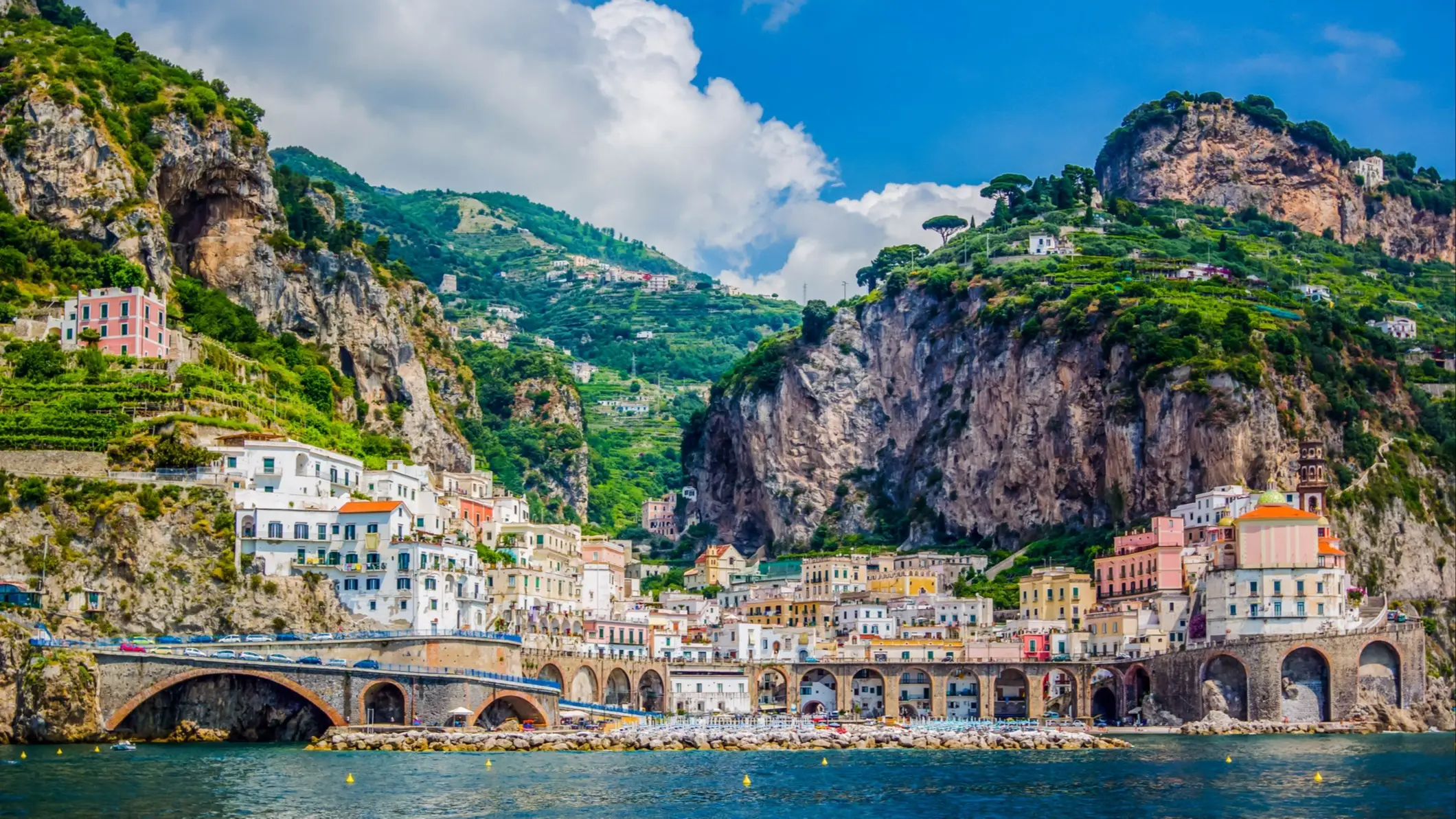
The picturesque Amalfi Coast is one of the most scenic places in Italy. If you have little time to explore the coastal region, a boat trip is the best choice.
Discover the impressive Lattari Mountains and picturesque bays. Sail past typical Mediterranean villages with colorful house facades and don't miss out on sampling some of the region's most delicious specialties on the boat while enjoying the sunny weather and the view.
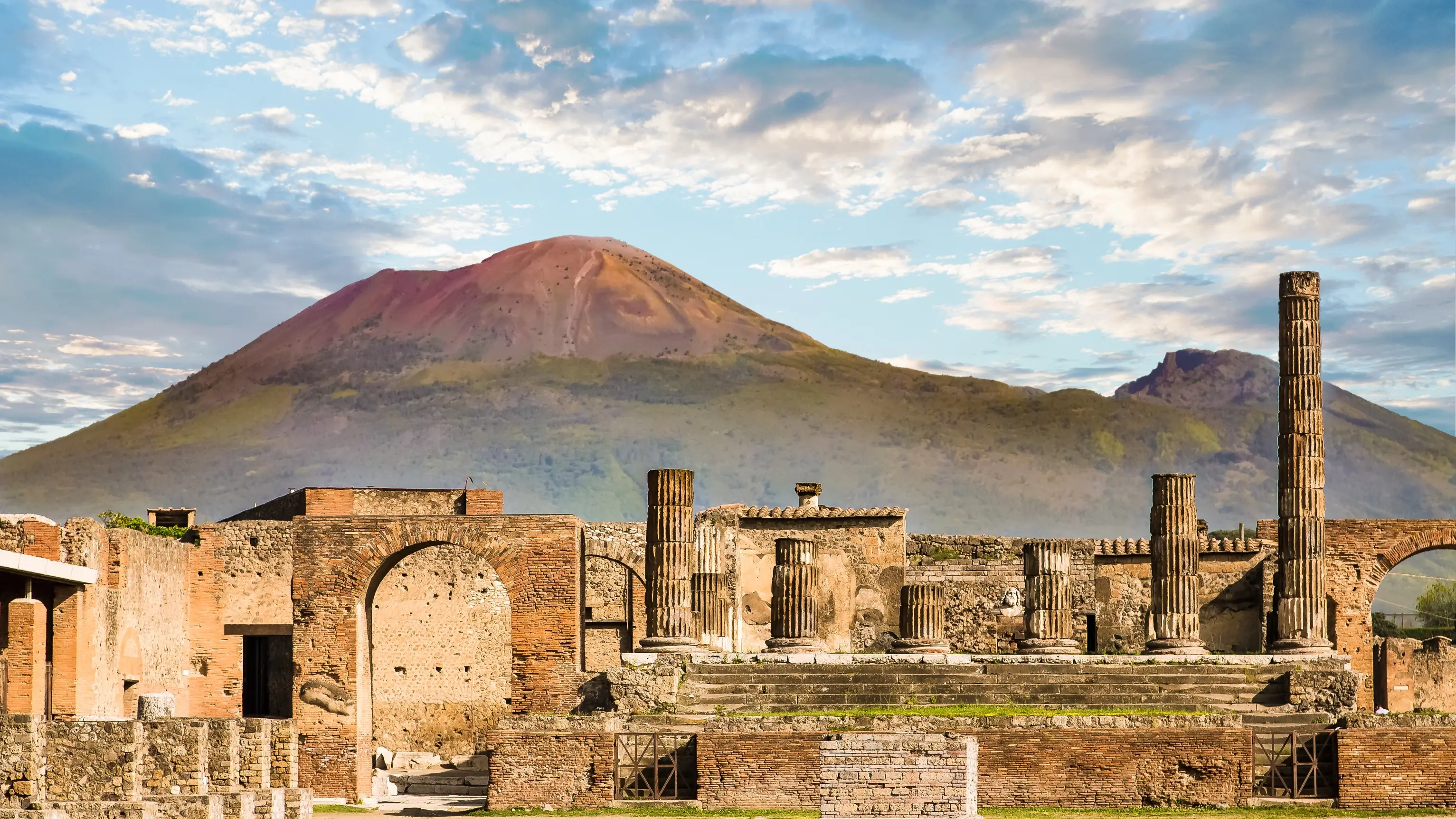
When the volcano Vesuvius erupted in 79 AD and completely buried Pompeii, Roman life at the time was preserved by the ash. Thanks to intensive excavation work that continues to this day, Pompeii offers impressive insights into life at that time.
A visit to the city today offers a kind of open-air museum, where you can find very well-preserved ancient Roman forums, baths and houses, making it easy to imagine Roman life.
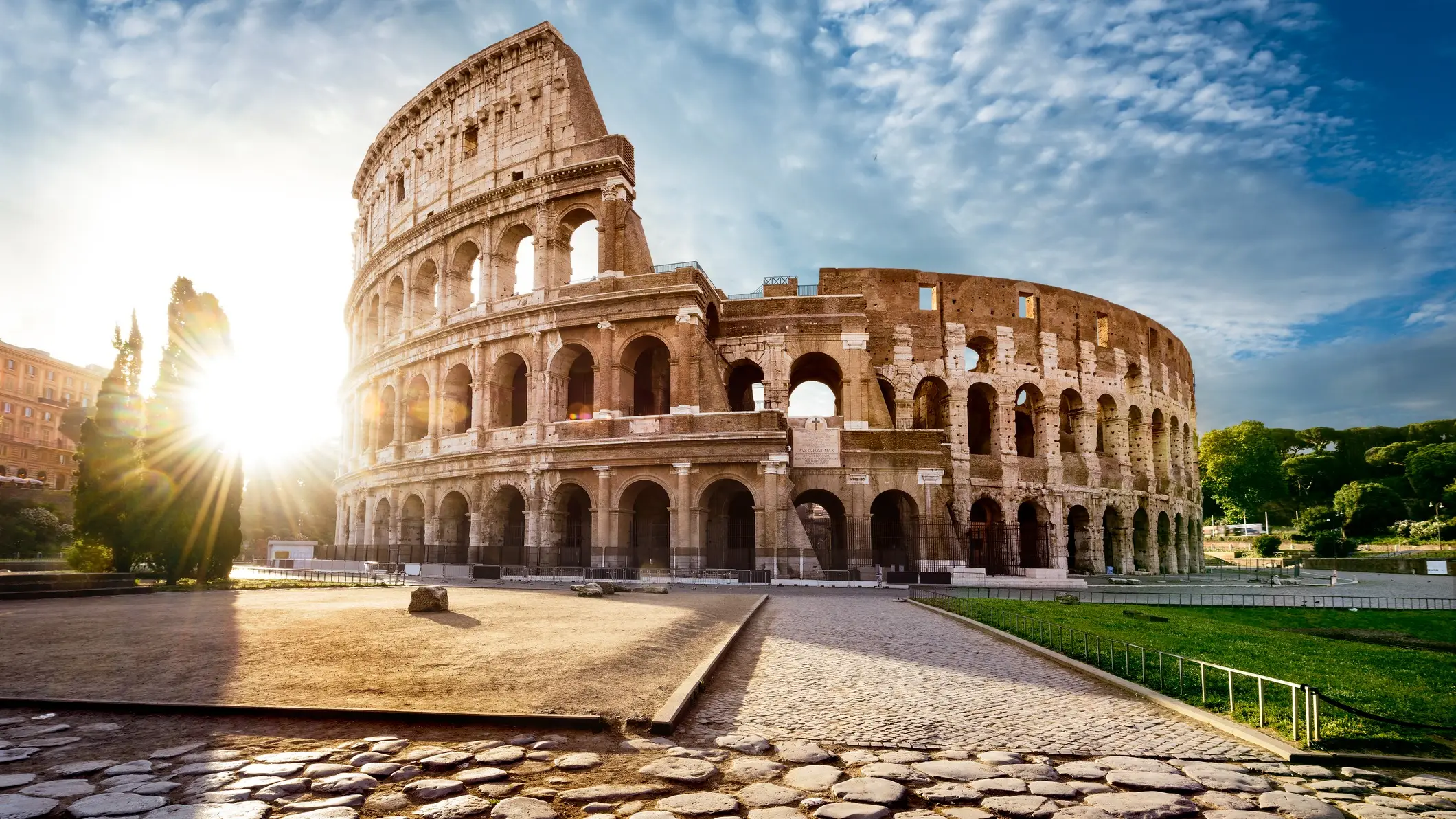
You can't come to Rome without visiting one of the most famous attractions in the world: the mighty Colosseum. The ruins of the once magnificent amphitheater are among the greatest historical relics of our time and once accommodated over 50,000 spectators, who could enter the building through no fewer than 80 entrances.
The amphitheater is best known for the gladiator fights that were held here. Take a seat in the stands and imagine the brutal spectacles that were performed here for the pleasure of the spectators.
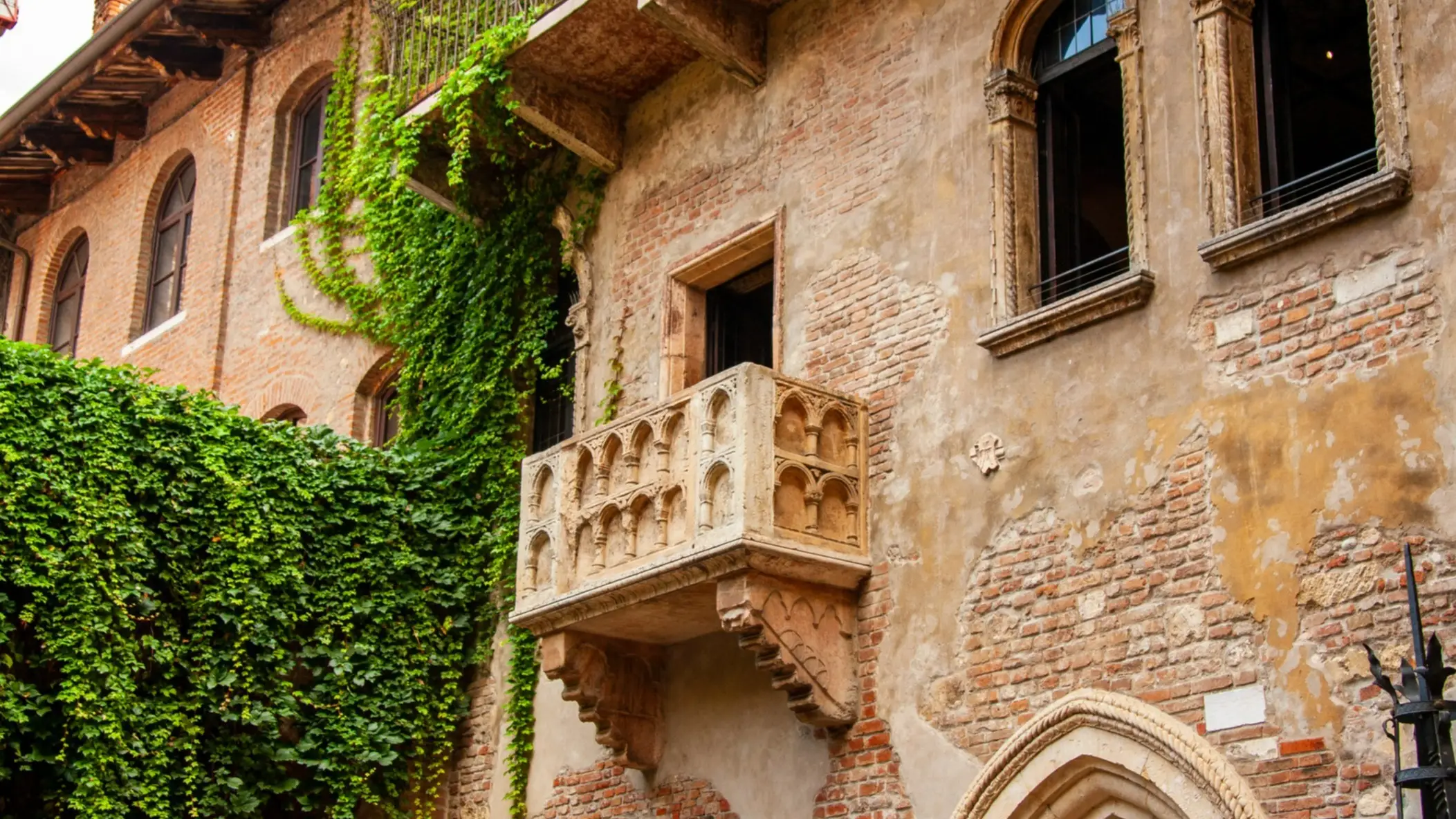
The famous balcony of Juliet, the character made world-famous by Shakespeare's drama Romeo and Juliet, is said to be located in the city of Verona. The city of Verona bought the legendary house in 1905 and turned it into a tourist attraction. There is a statue of Juliet in the small square in front of the house.
Numerous lovers flock to the small courtyard year after year and swear their eternal love in front of the balcony.
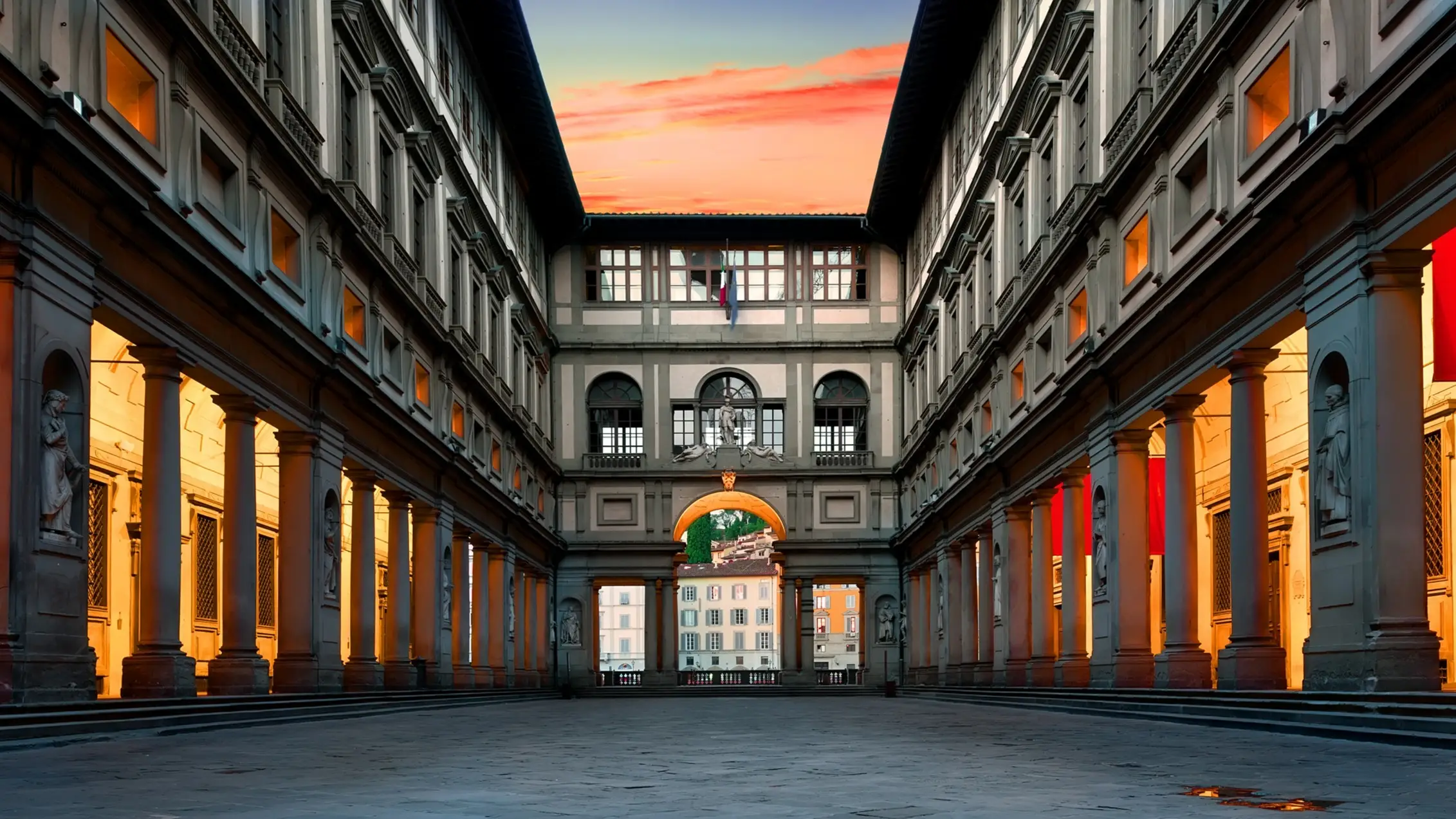
Anyone traveling to Florence should not miss the opportunity to visit one of the most famous galleries in the world . This museum is bursting with masterpieces by Italian Renaissance artists such as Caravaggio, Raphael, Leonardo da Vinci and Michelangelo, all displayed in one of Italy's most beautiful buildings, the Palazzo degli Uffizi - a must-see for any art lover.
The Uffizi building is one of the most important examples of sixteenth-century Italian architecture and also offers a breathtaking view of the River Arno.
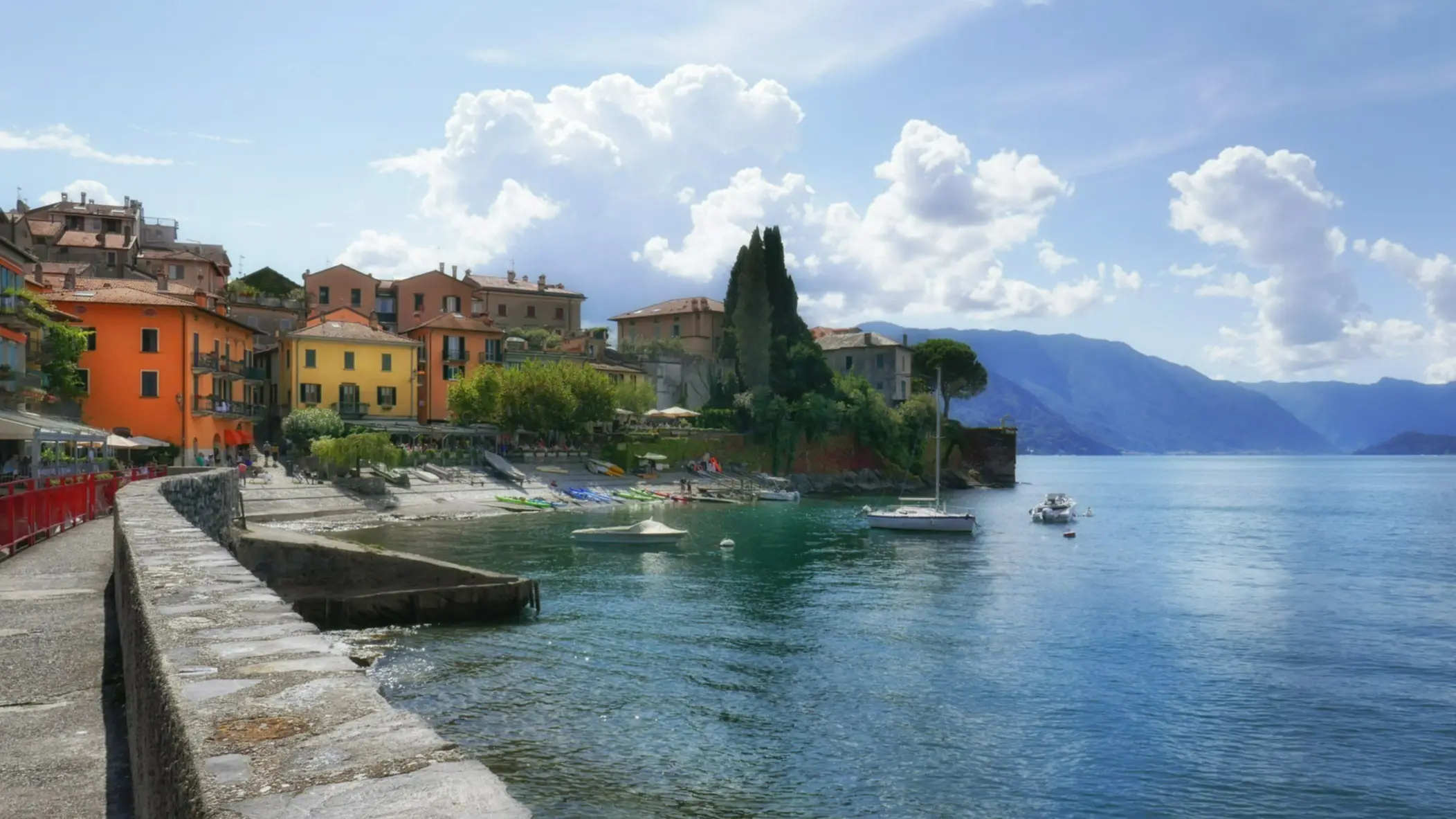
Covering an area of about 56 square miles, Lake Como in Lombardy is the perfect place to explore Italy from the water. Along the shoreline, you’ll spot everything from grand villas owned by the super-rich and Hollywood celebrities to charming villages tucked among dense forests and rolling hills.
With its dramatic mountain backdrop and timeless atmosphere, Lake Como is a favorite destination for families, couples, and outdoor enthusiasts alike—offering a perfect mix of relaxation, adventure, and Italian elegance.
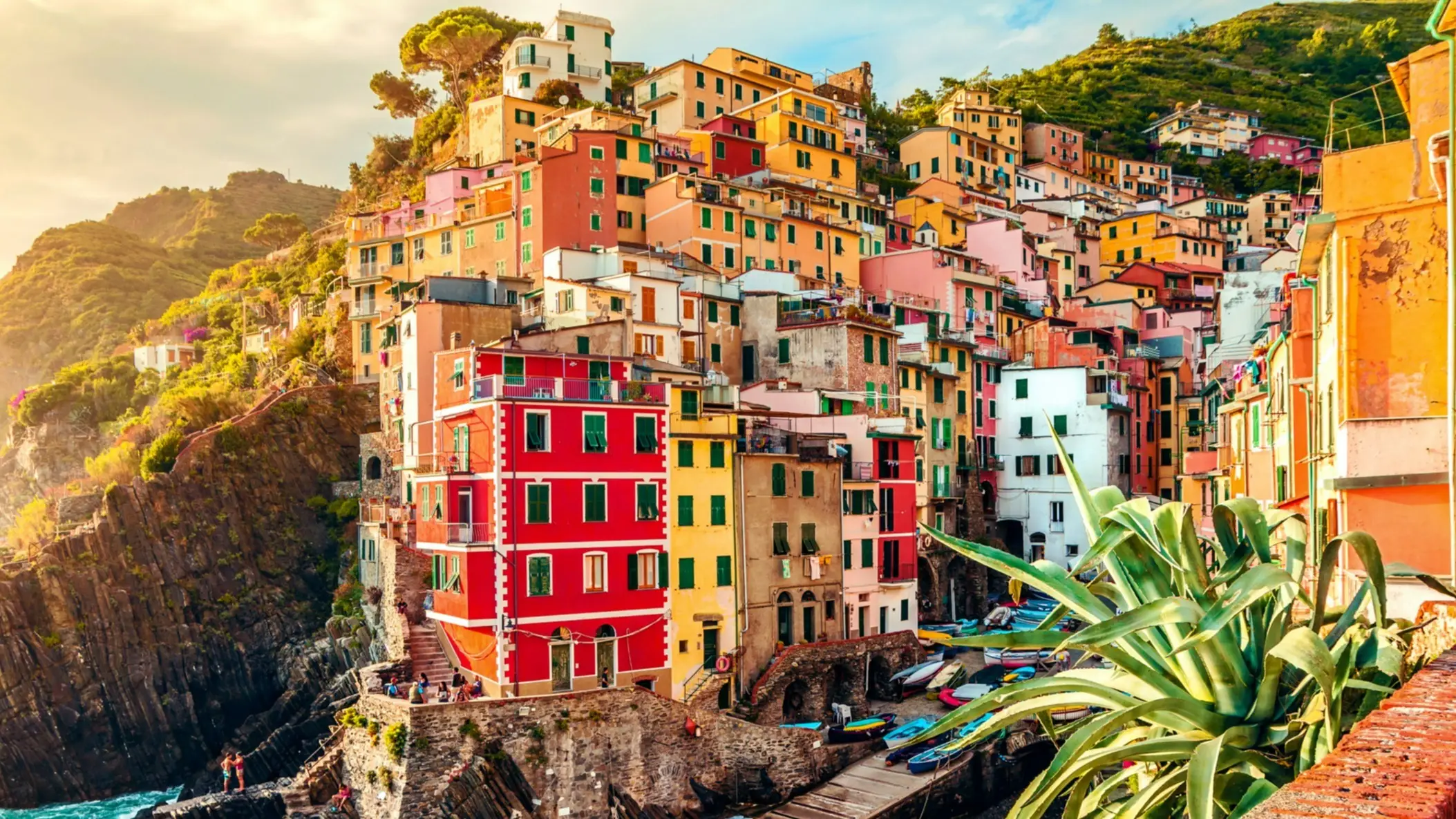
The Cinque Terre are a UNESCO World Heritage Site and are also a national park. The area is located in Liguria and, as the name suggests, consists of a total of five small villages located in the rugged mountain landscape above the famous Italian Riviera.
The five villages of Vernazza, Corniglia, Manarola, Riomaggiore and Monterosso all have their own charm and line the stretch of coast between Levanto and La Spezia with their colorful house facades and small bays. Romantic olive groves, traditional restaurants and azure blue sea views stretch along the coast and invite you to enjoy an unforgettable vacation.

Between the Palatine Hill and the Capitoline Hill in Rome lies the Roman Forum (Roman Market Square), which is considered another major highlight of the Eternal City. In ancient Rome, more than a million Romans lived in the city during the reign of Emperor Augustus (27 BC - 14 AD), and the Roman Forum was the religious, legal and political center of the Roman Empire.
Visit the overwhelming complex with its numerous ruins and walk in the footsteps of the ancient Romans.







